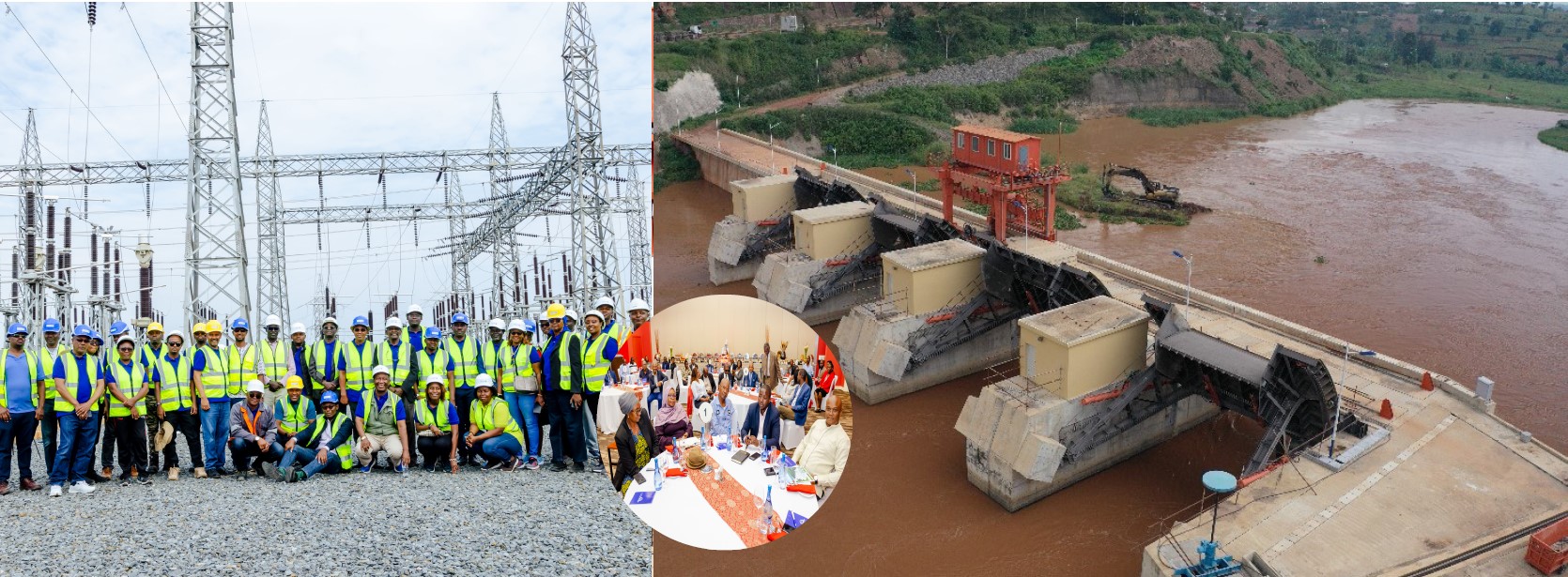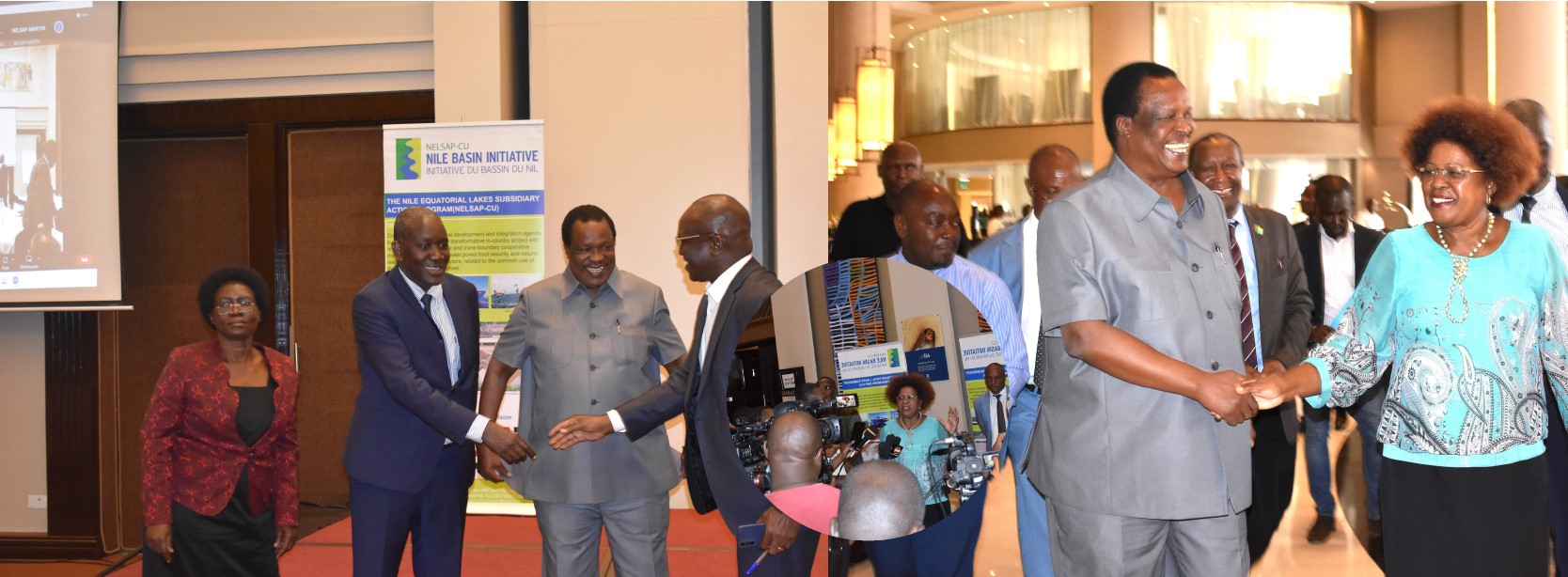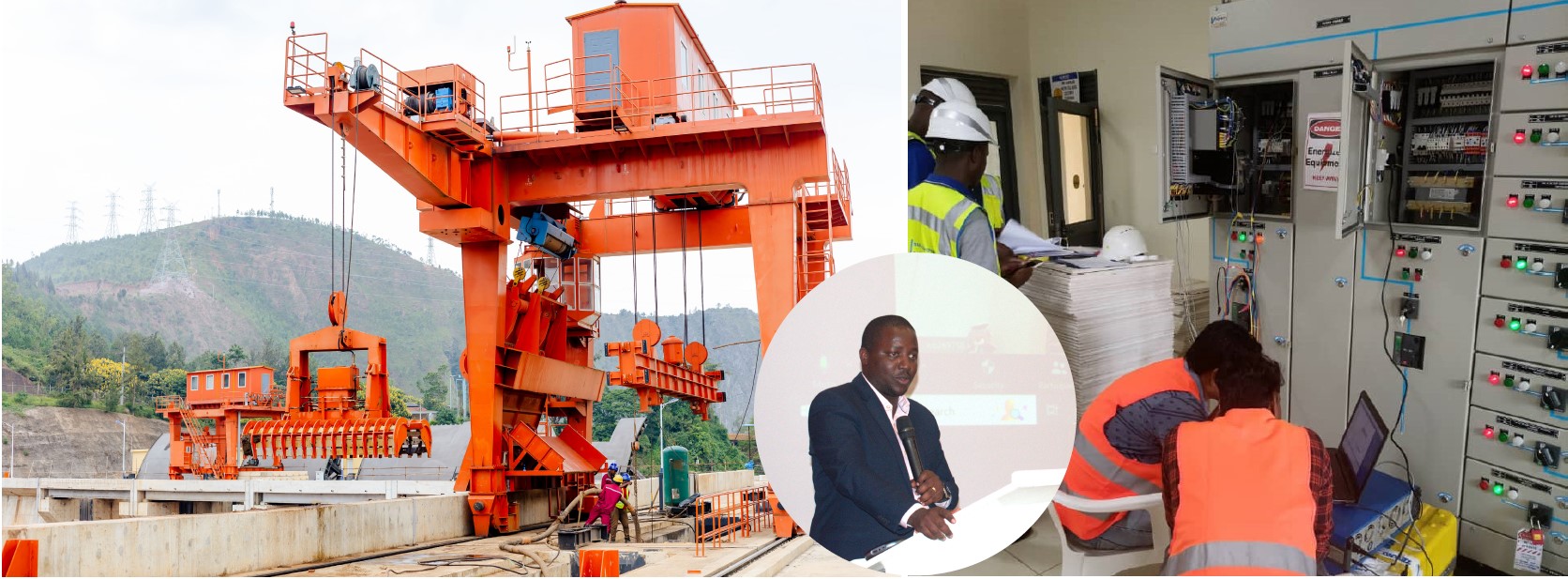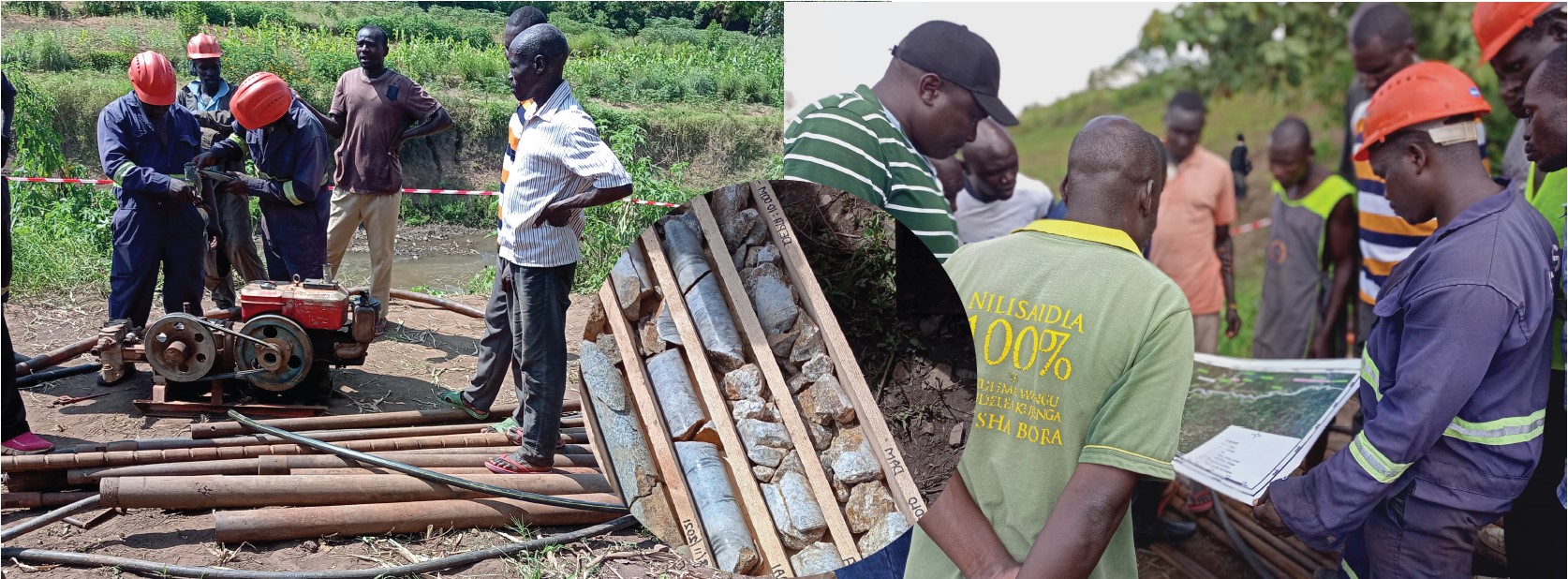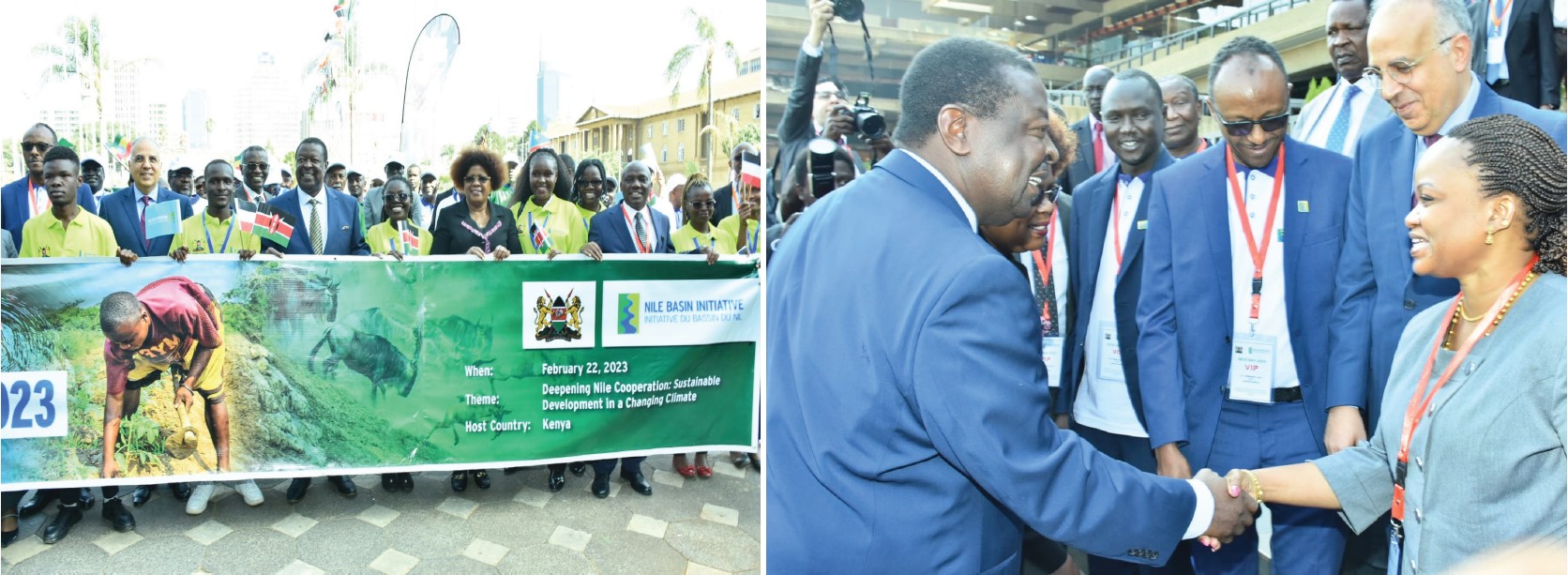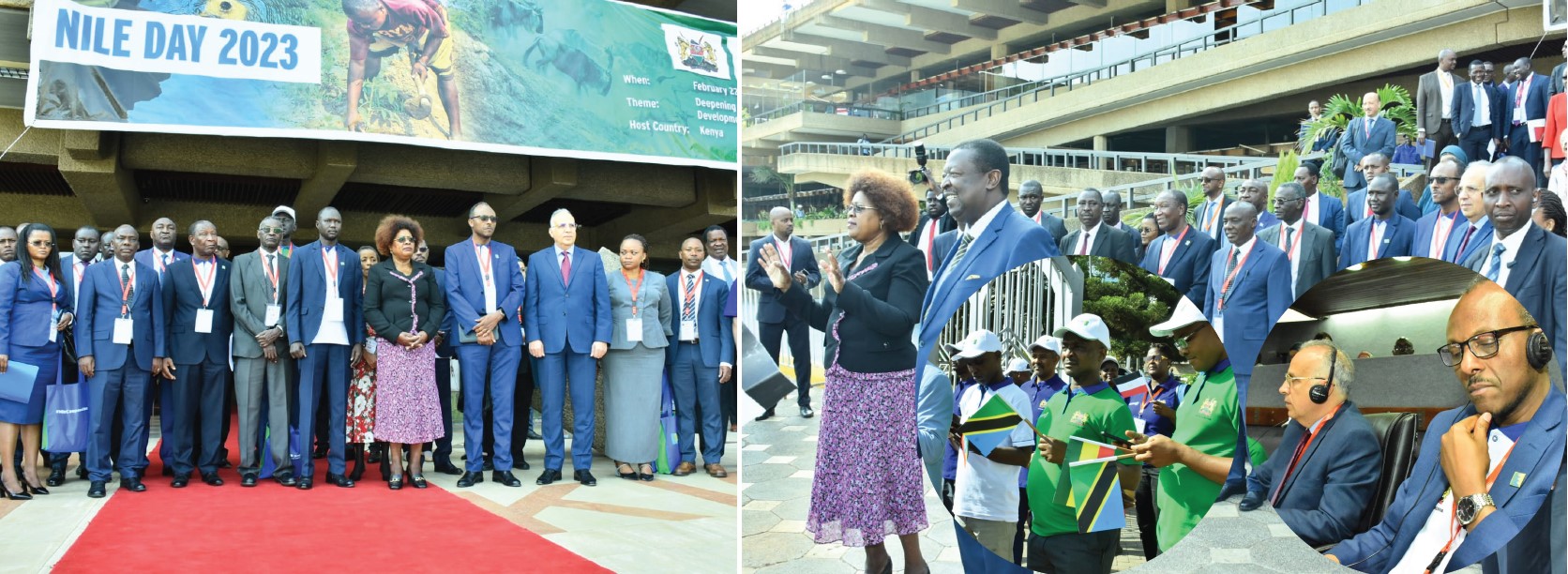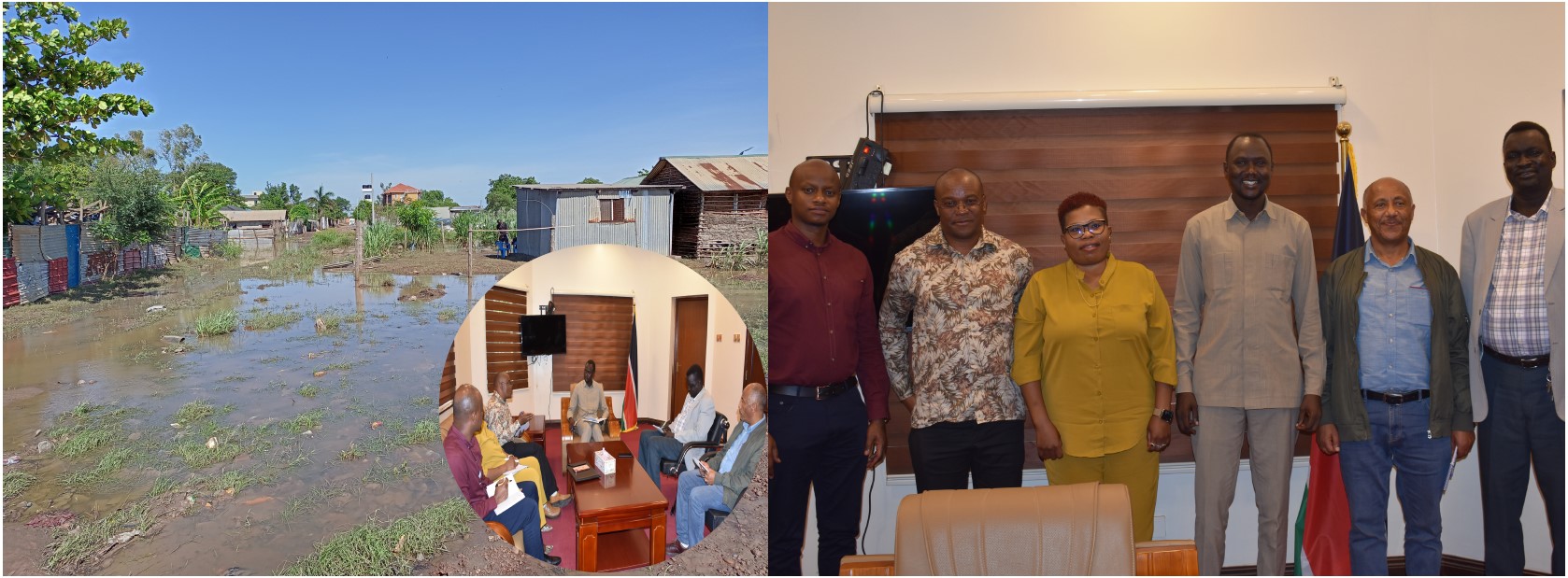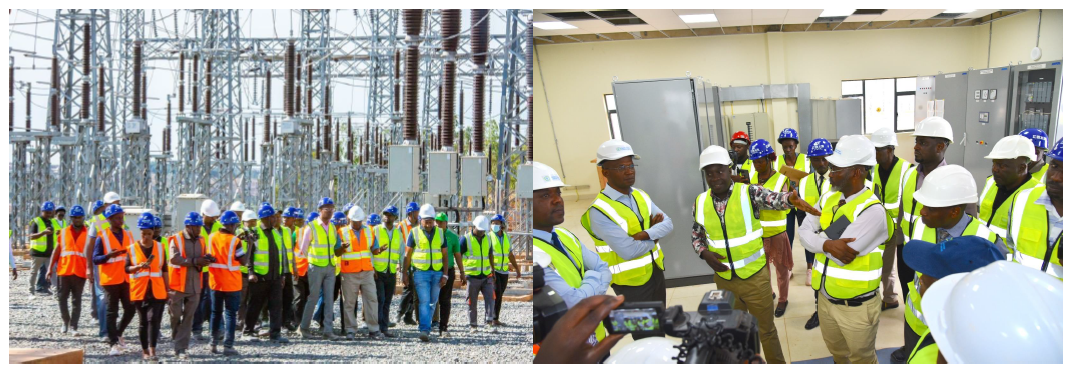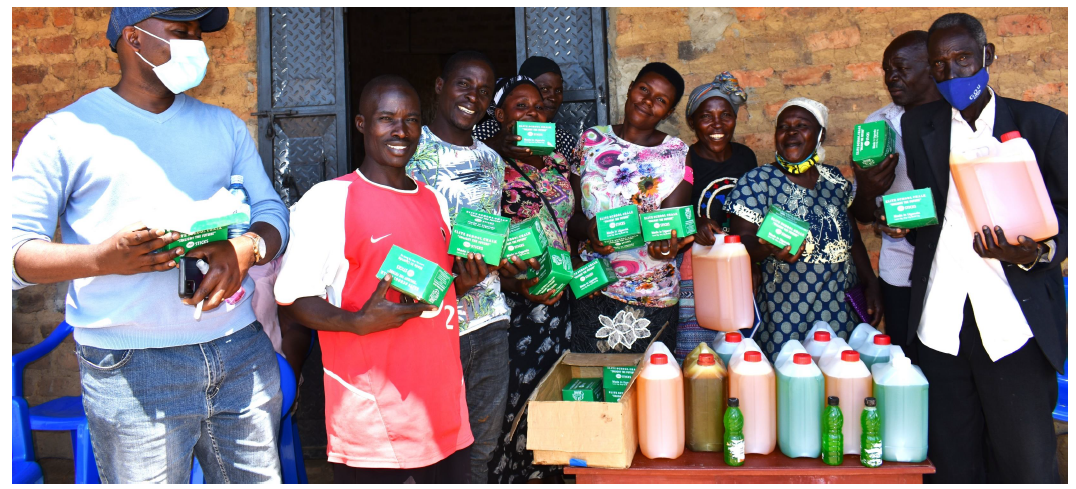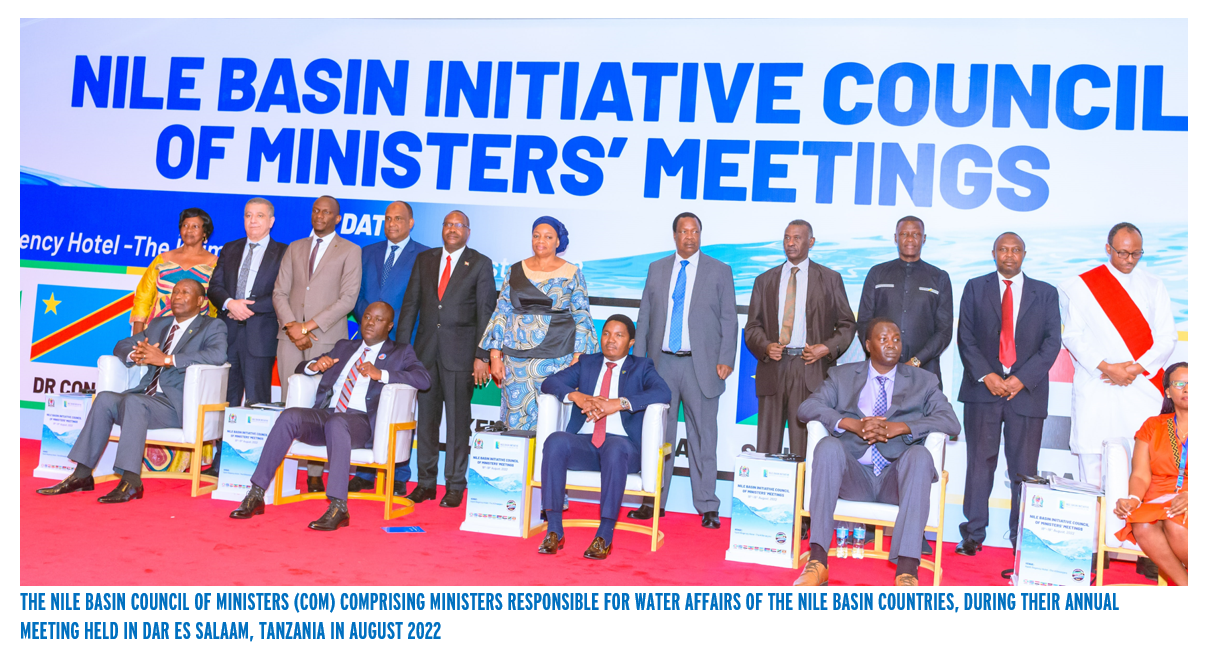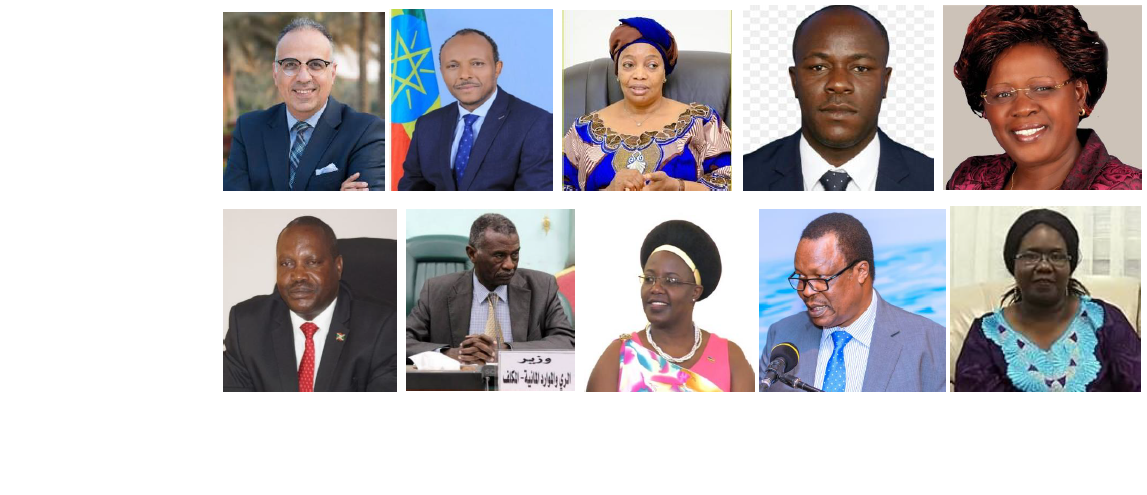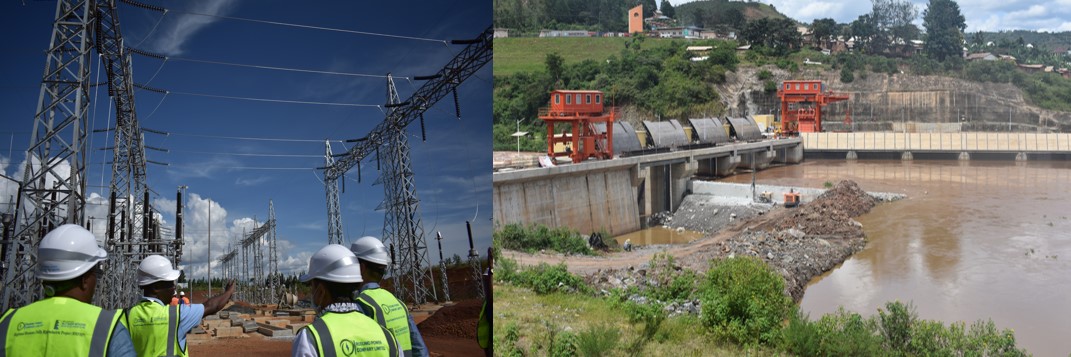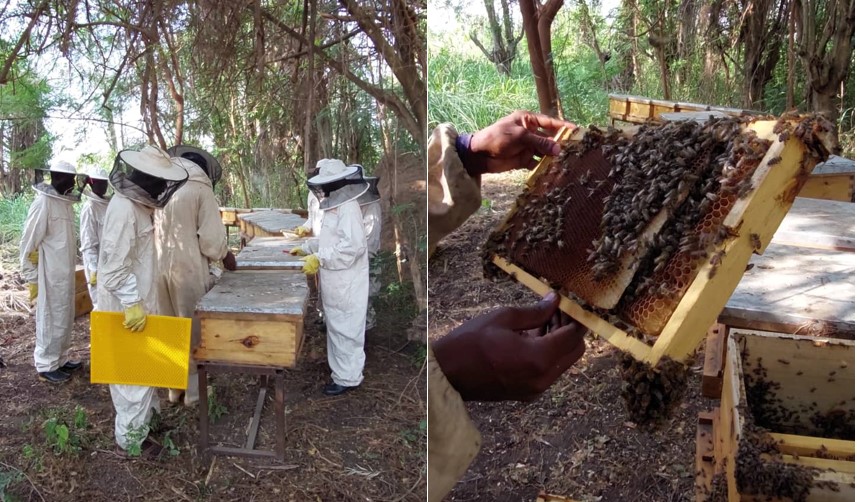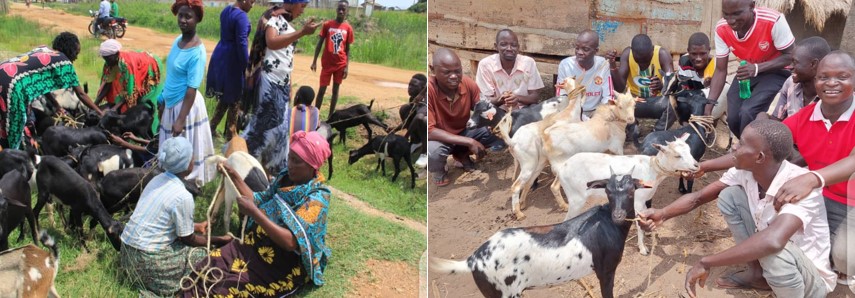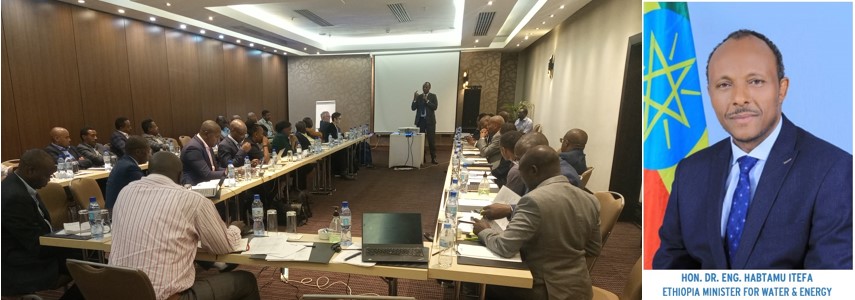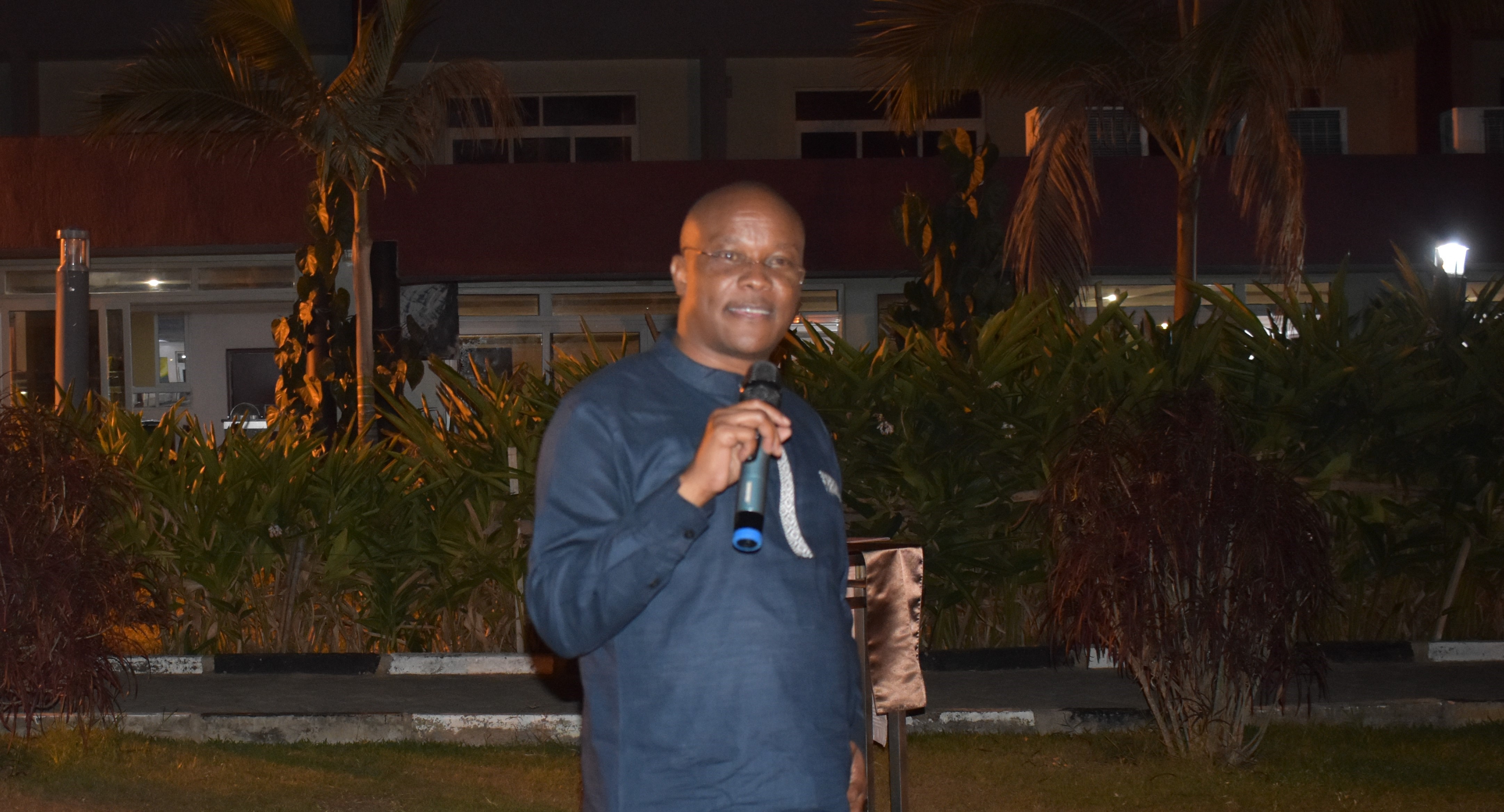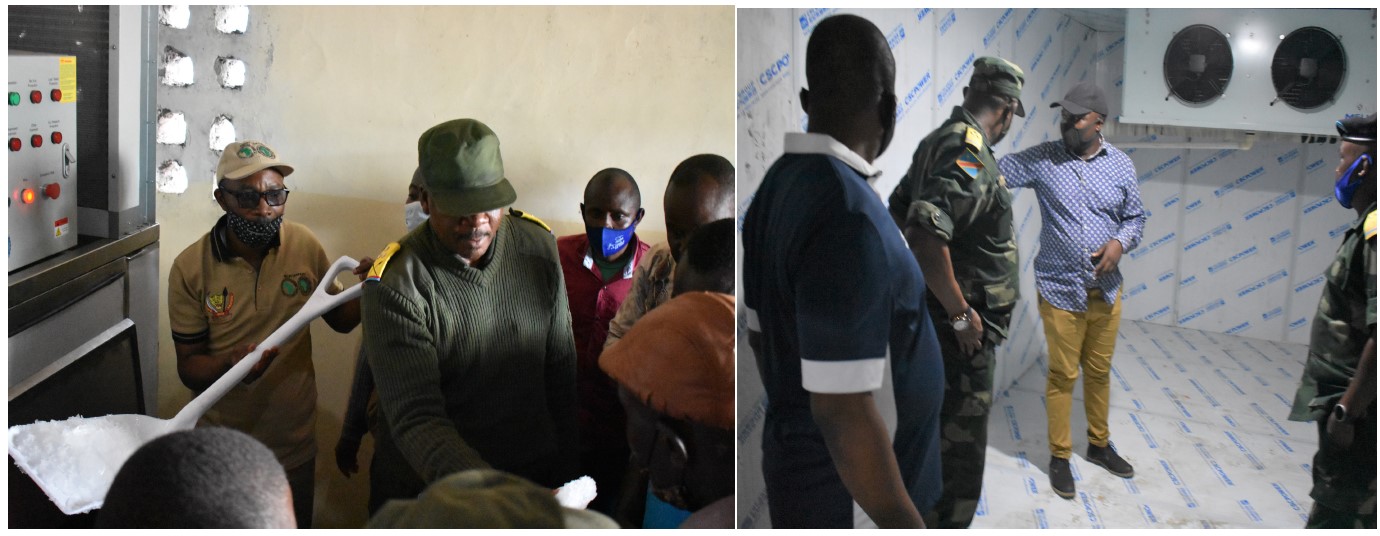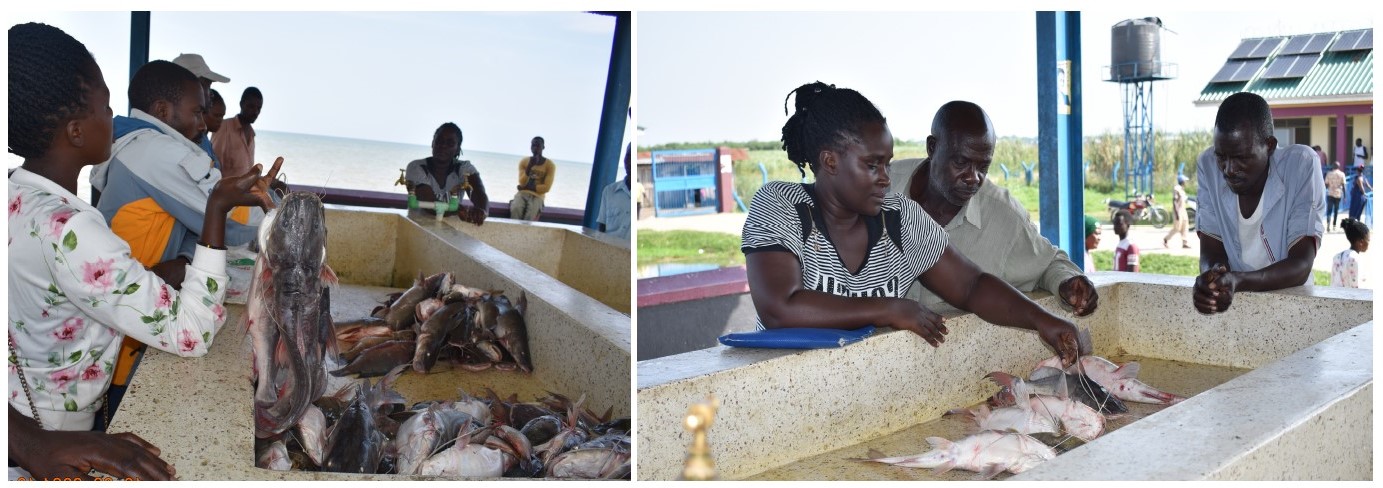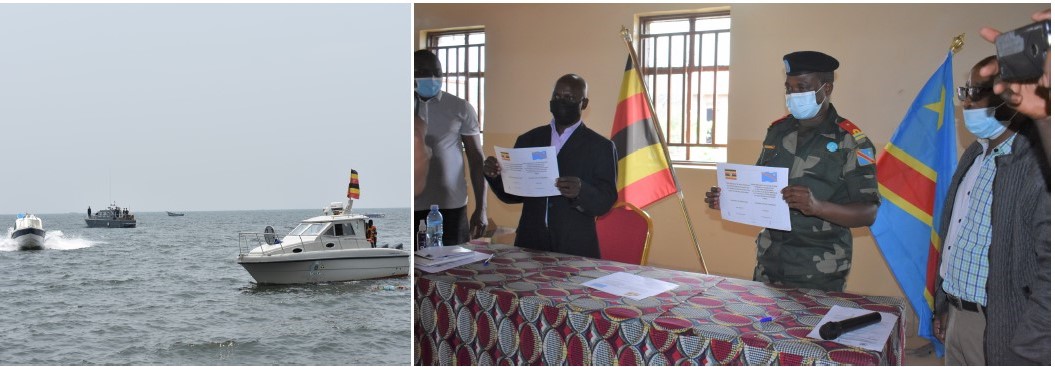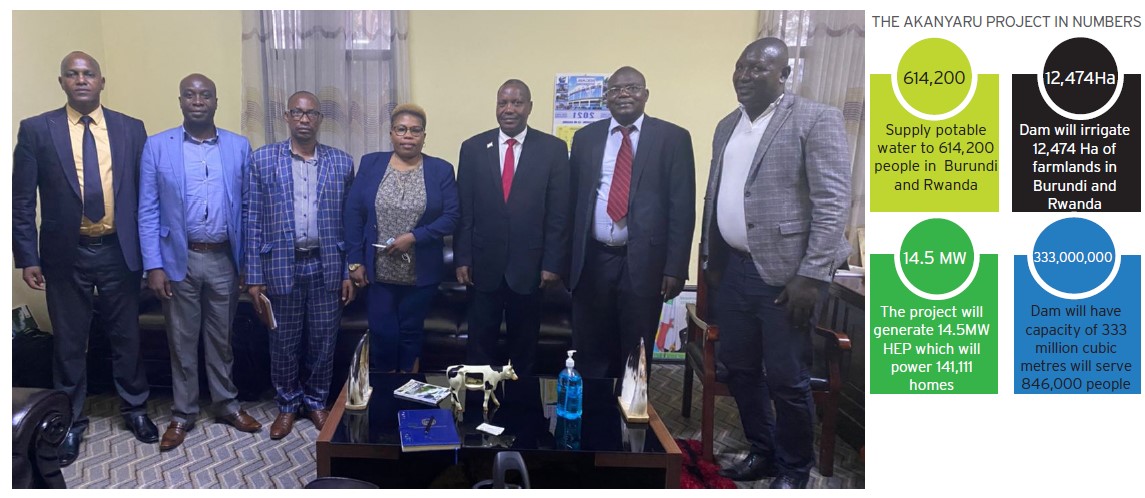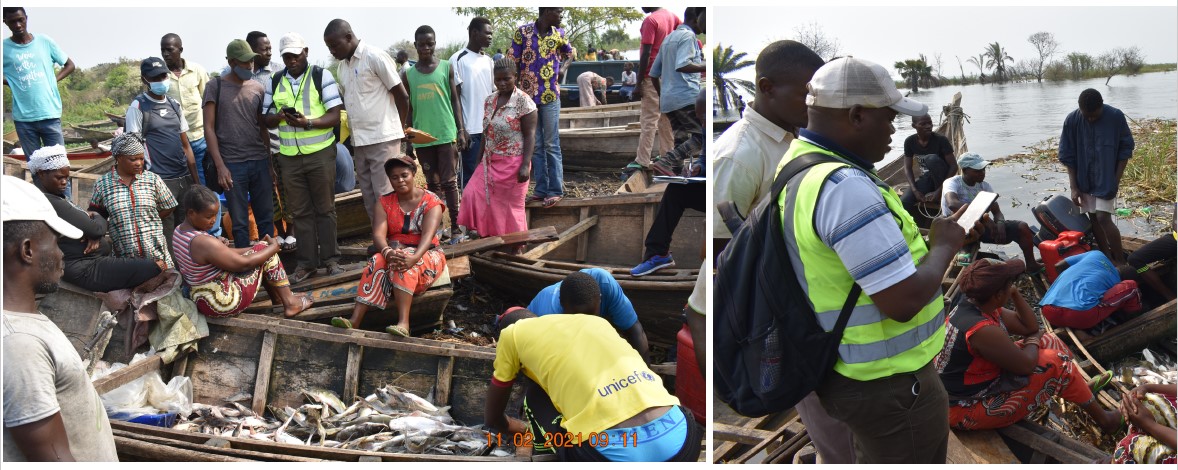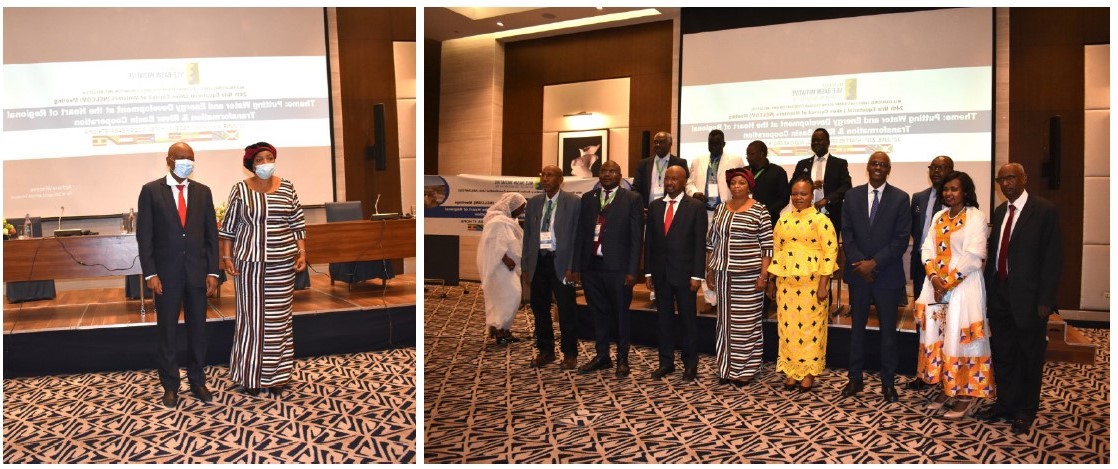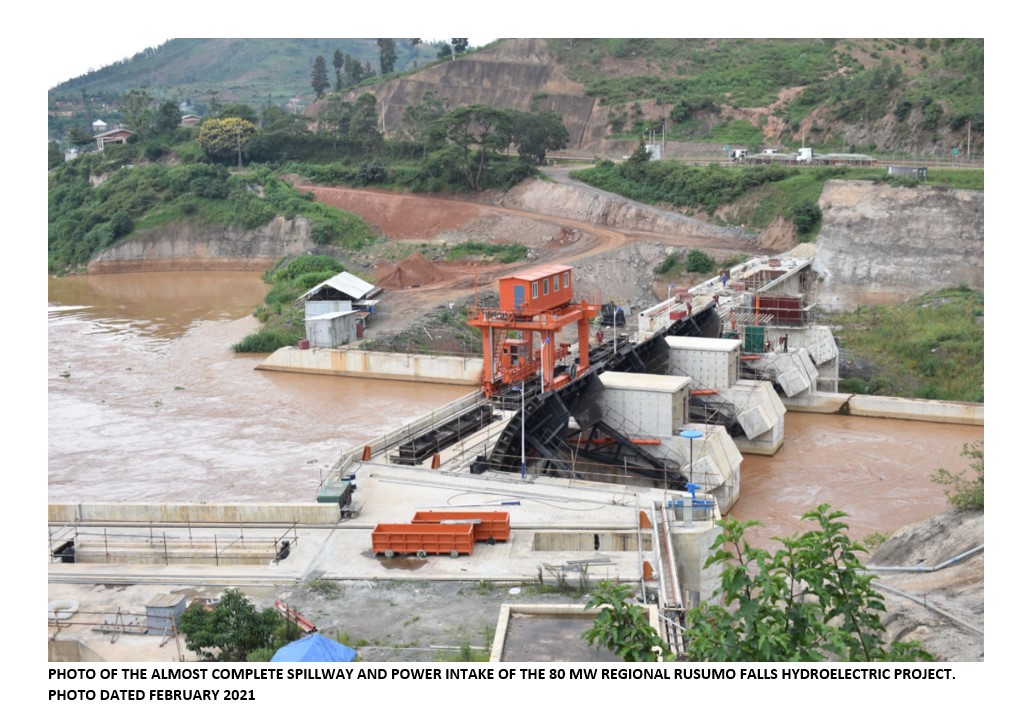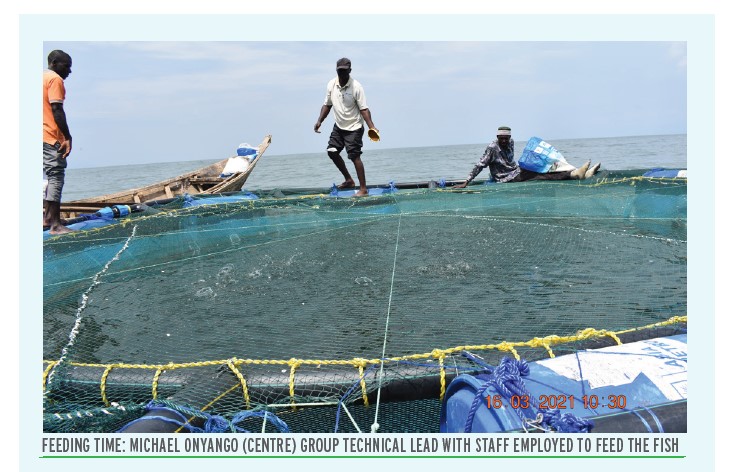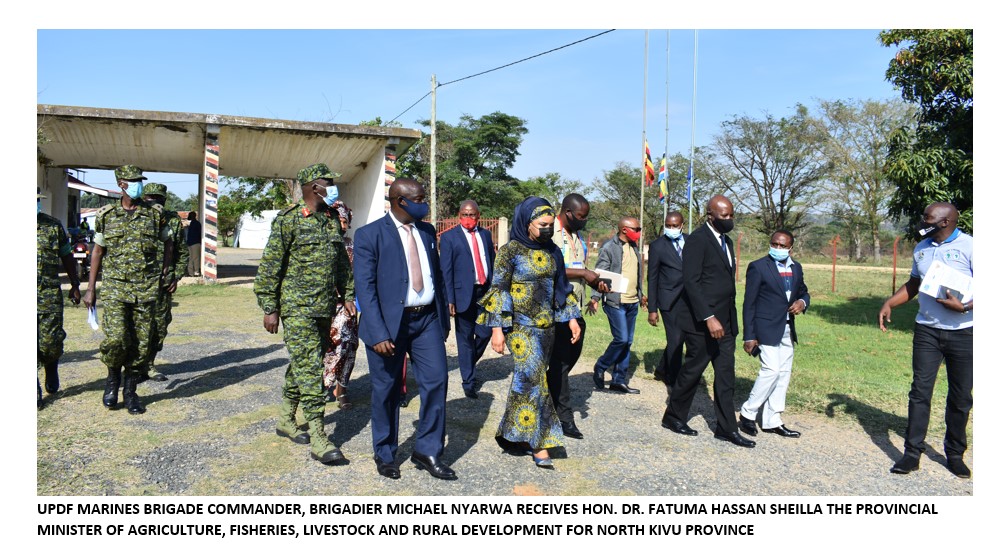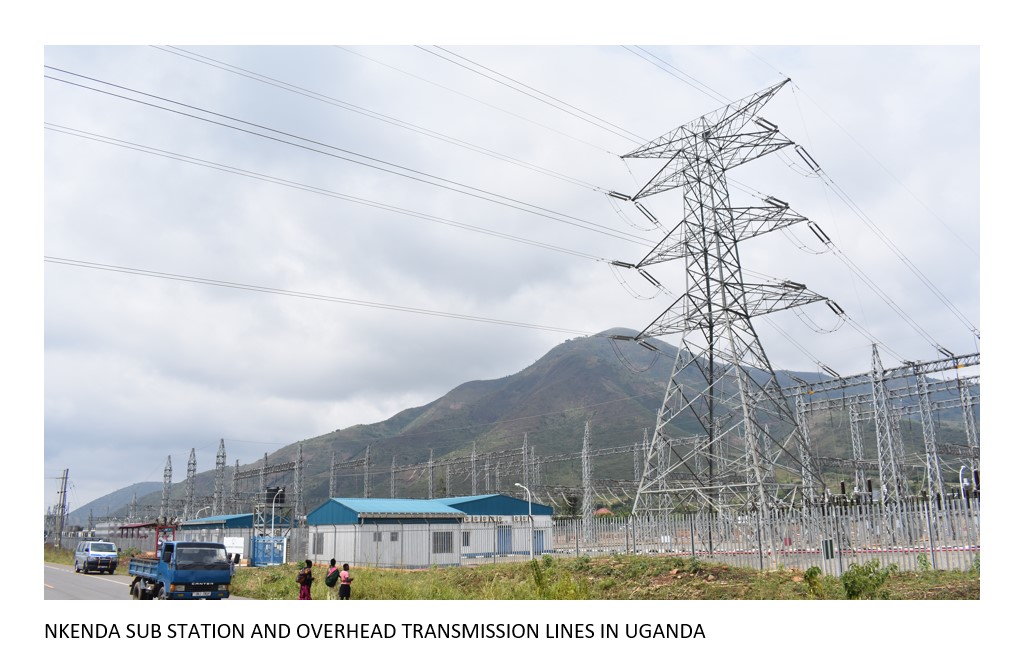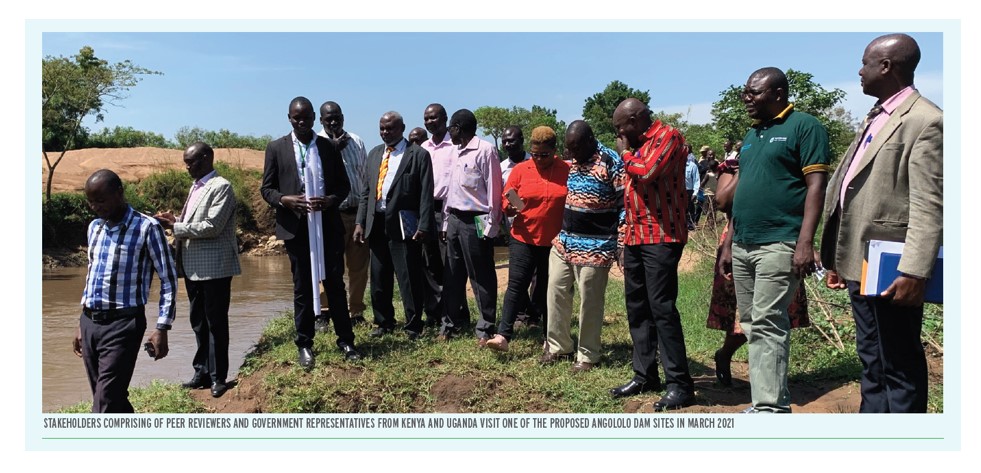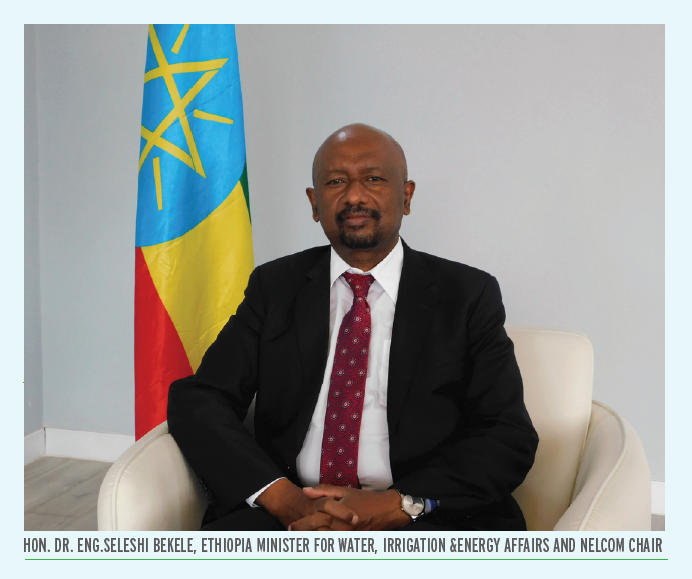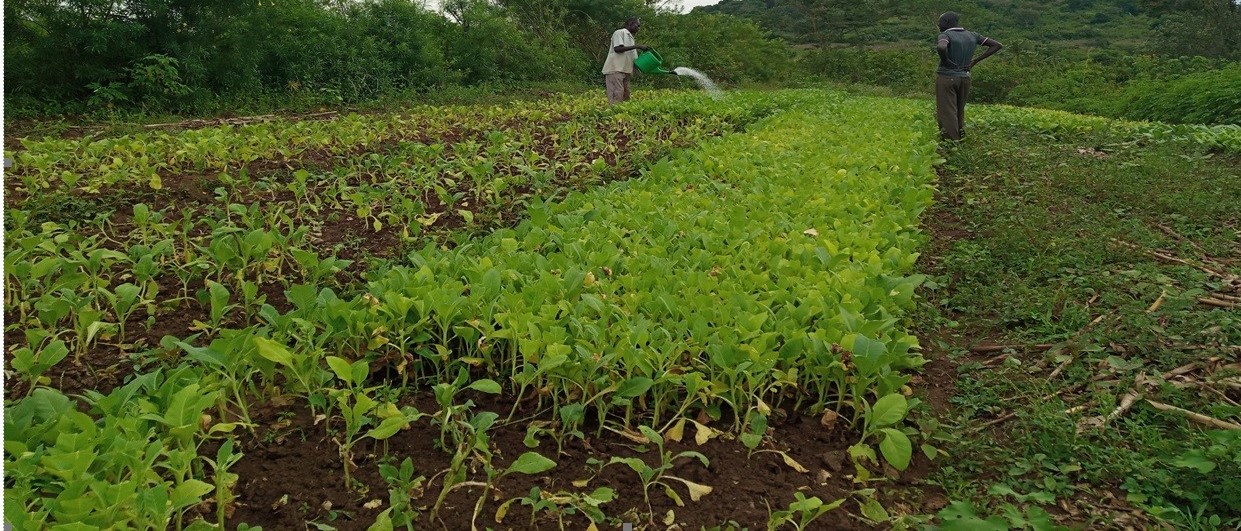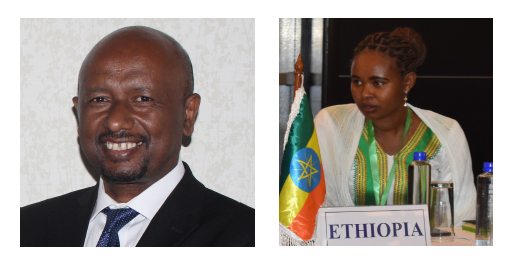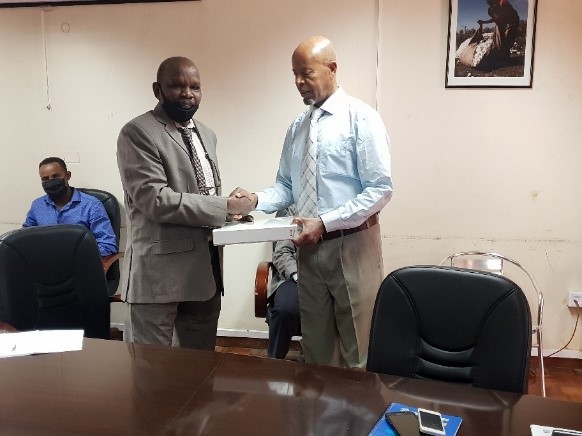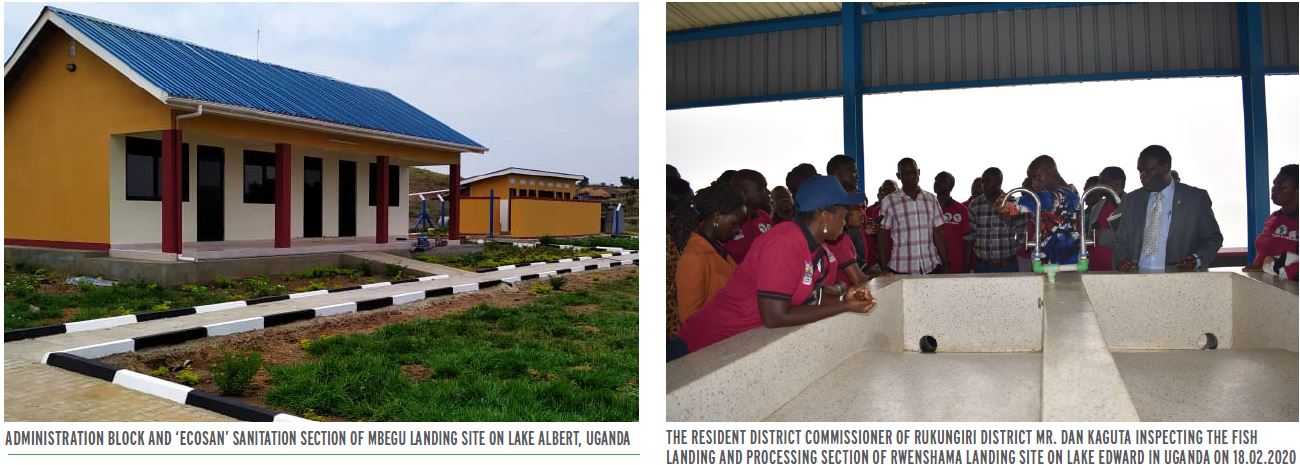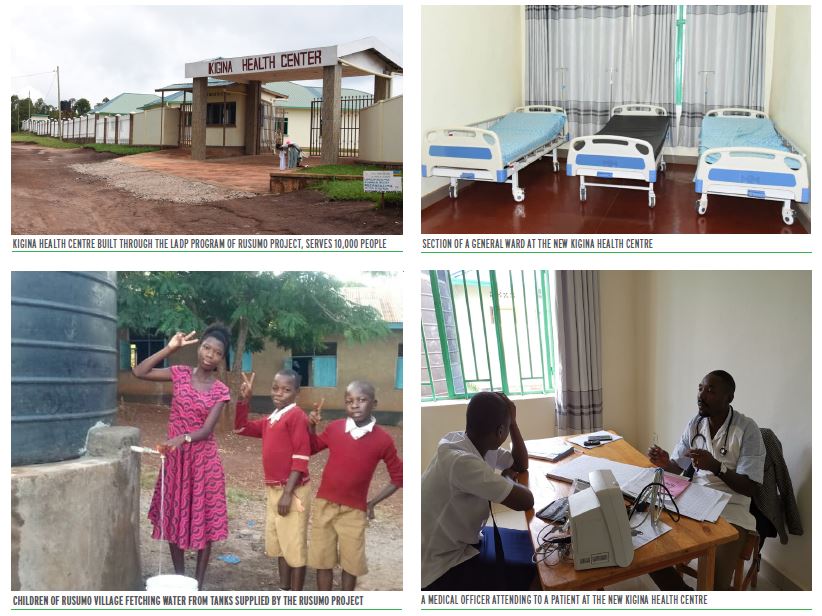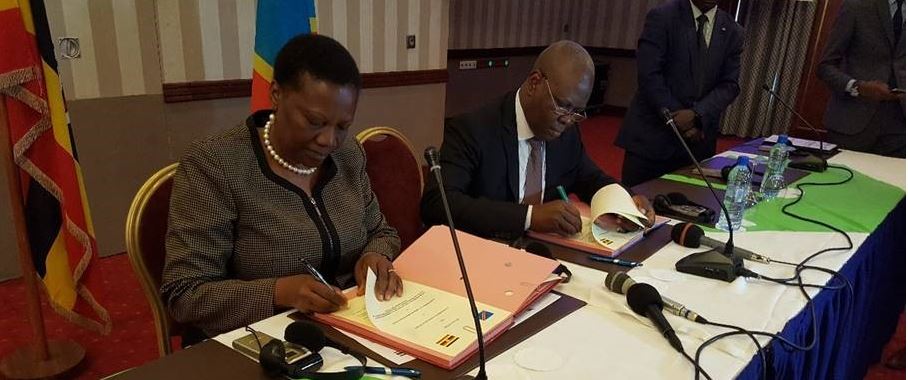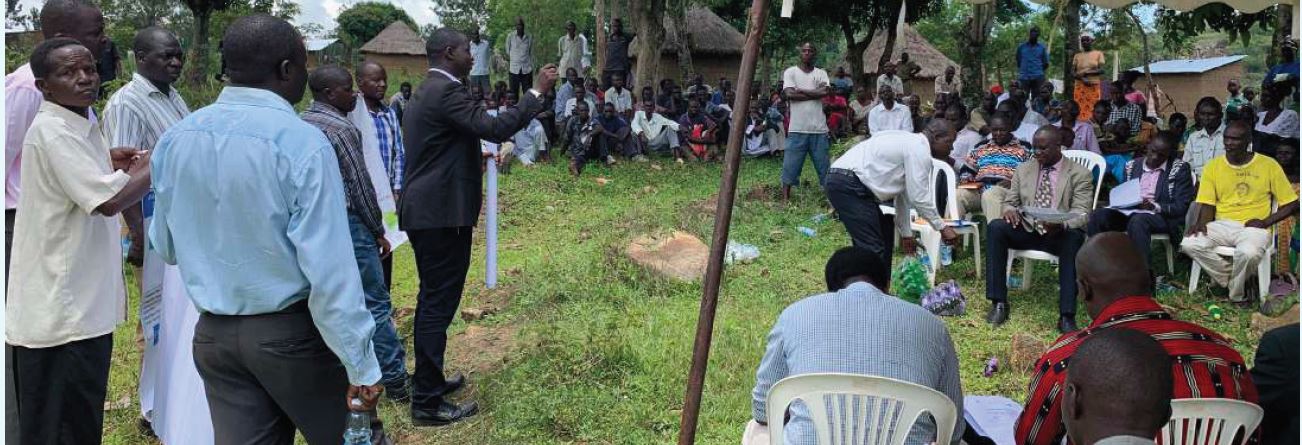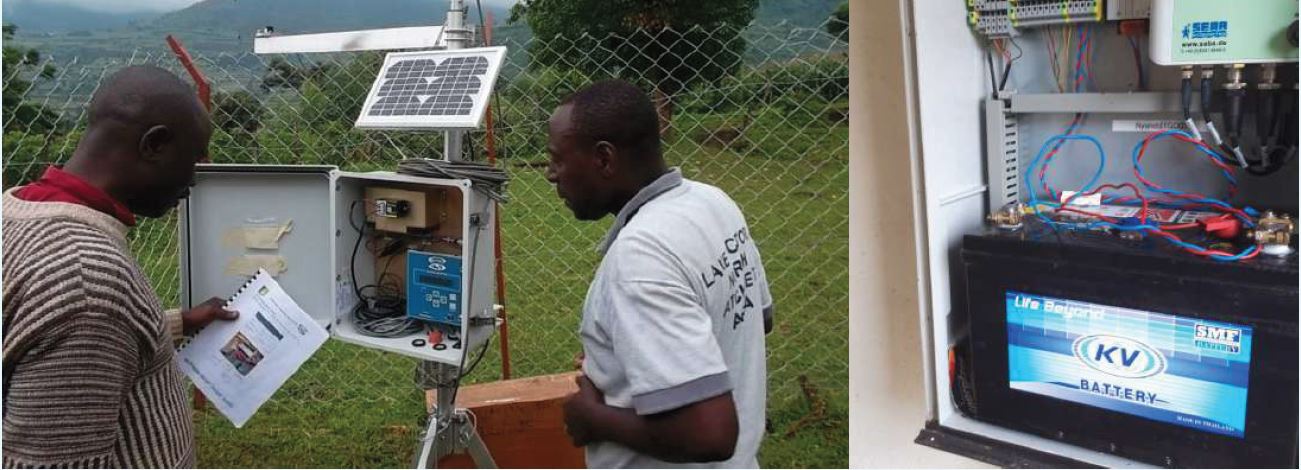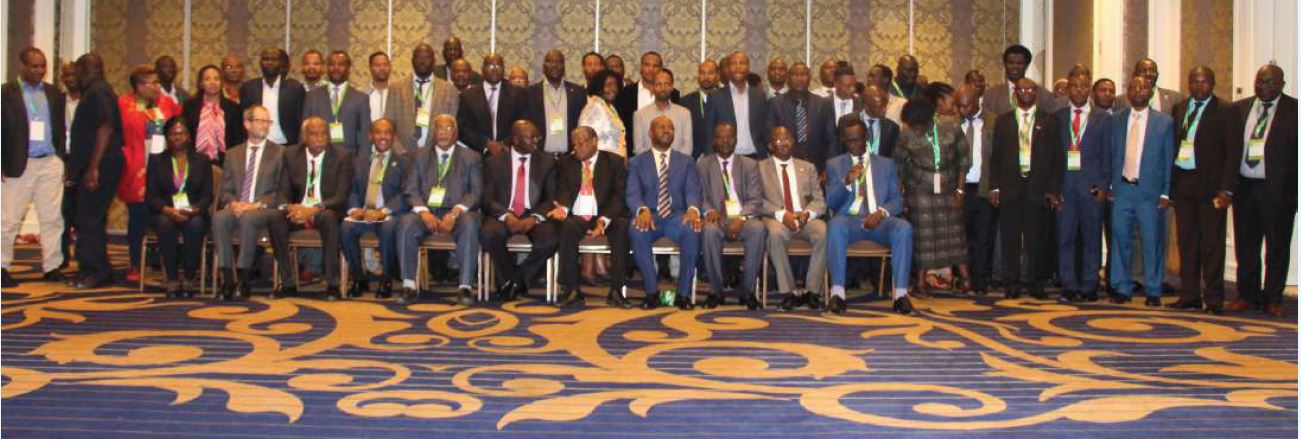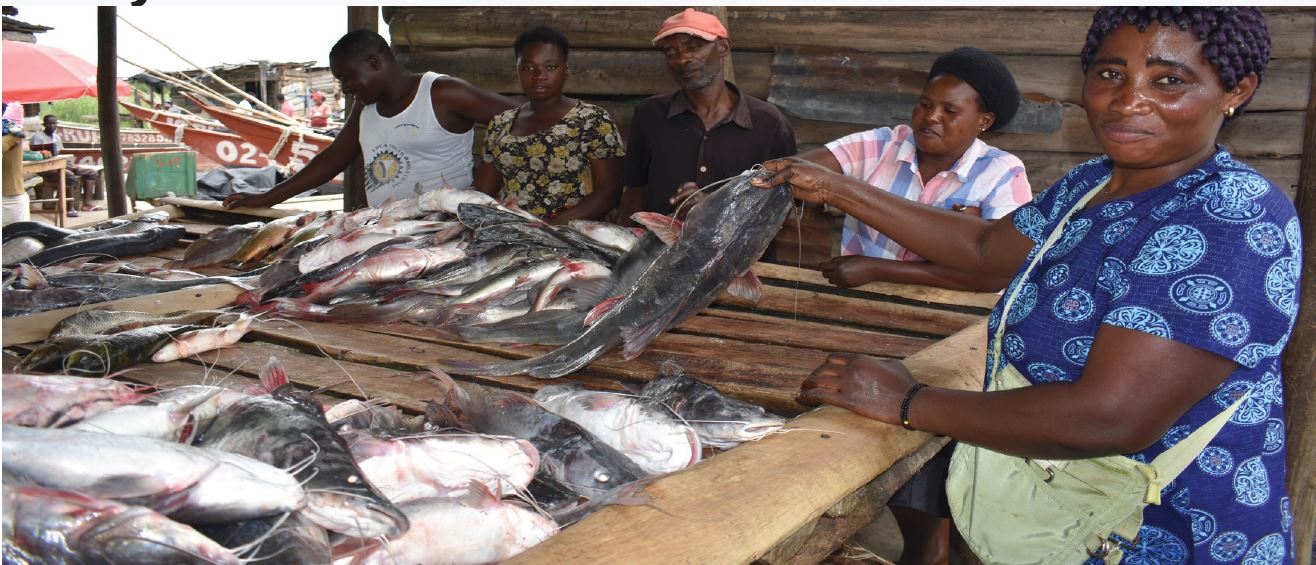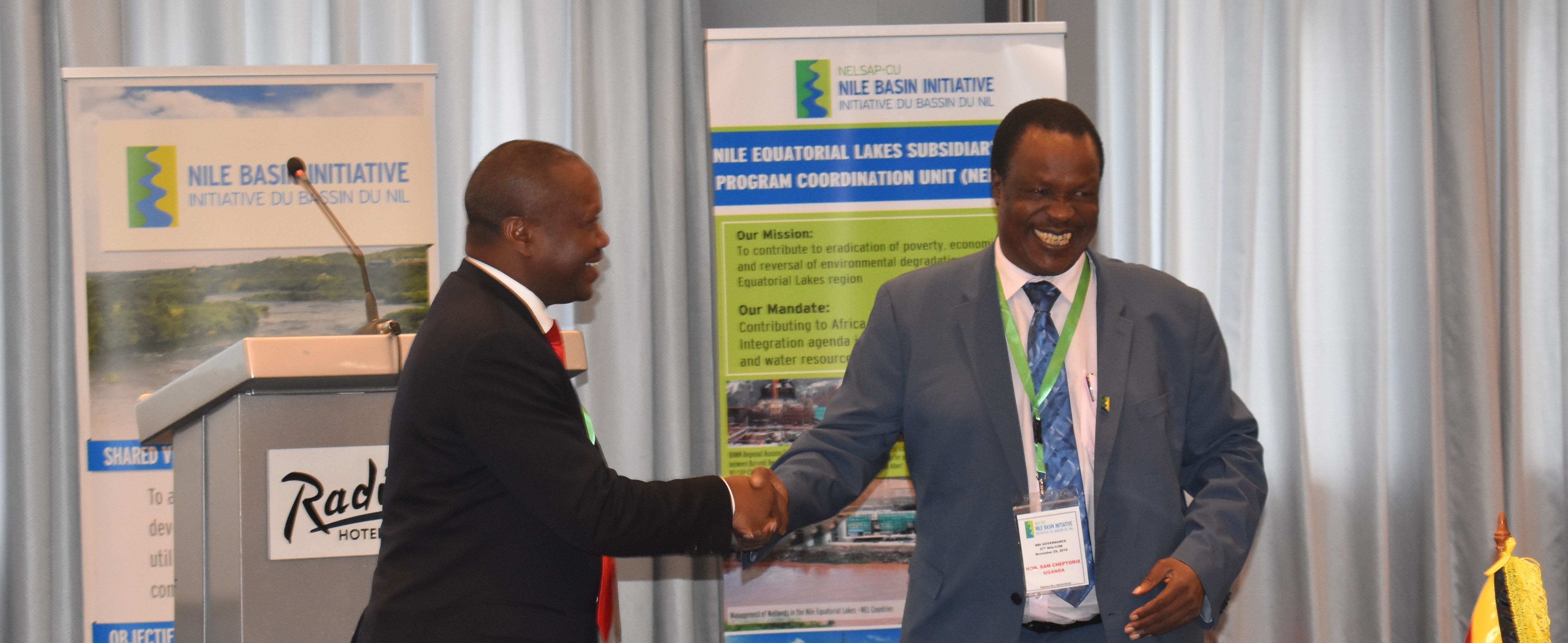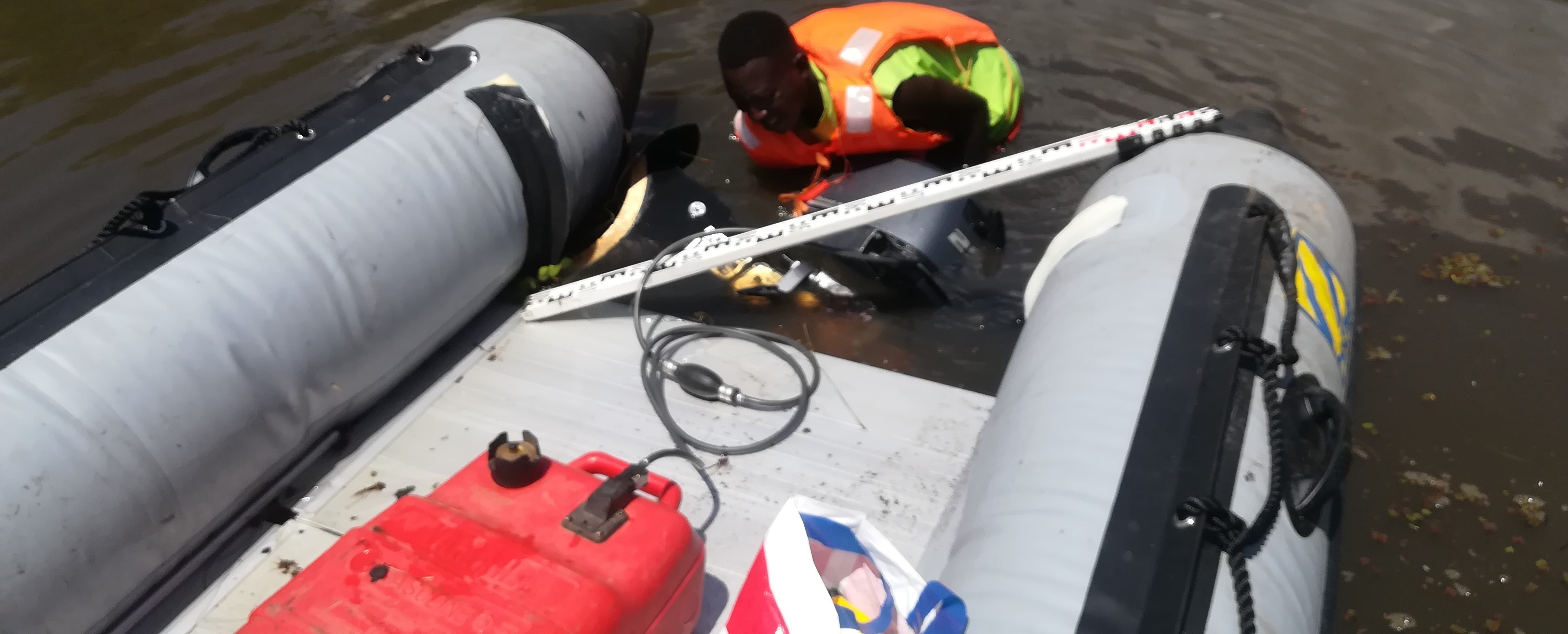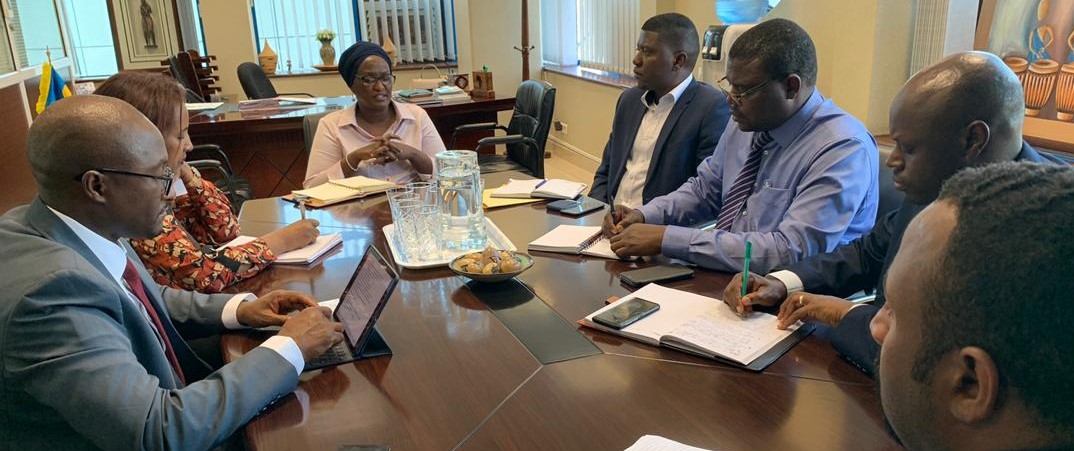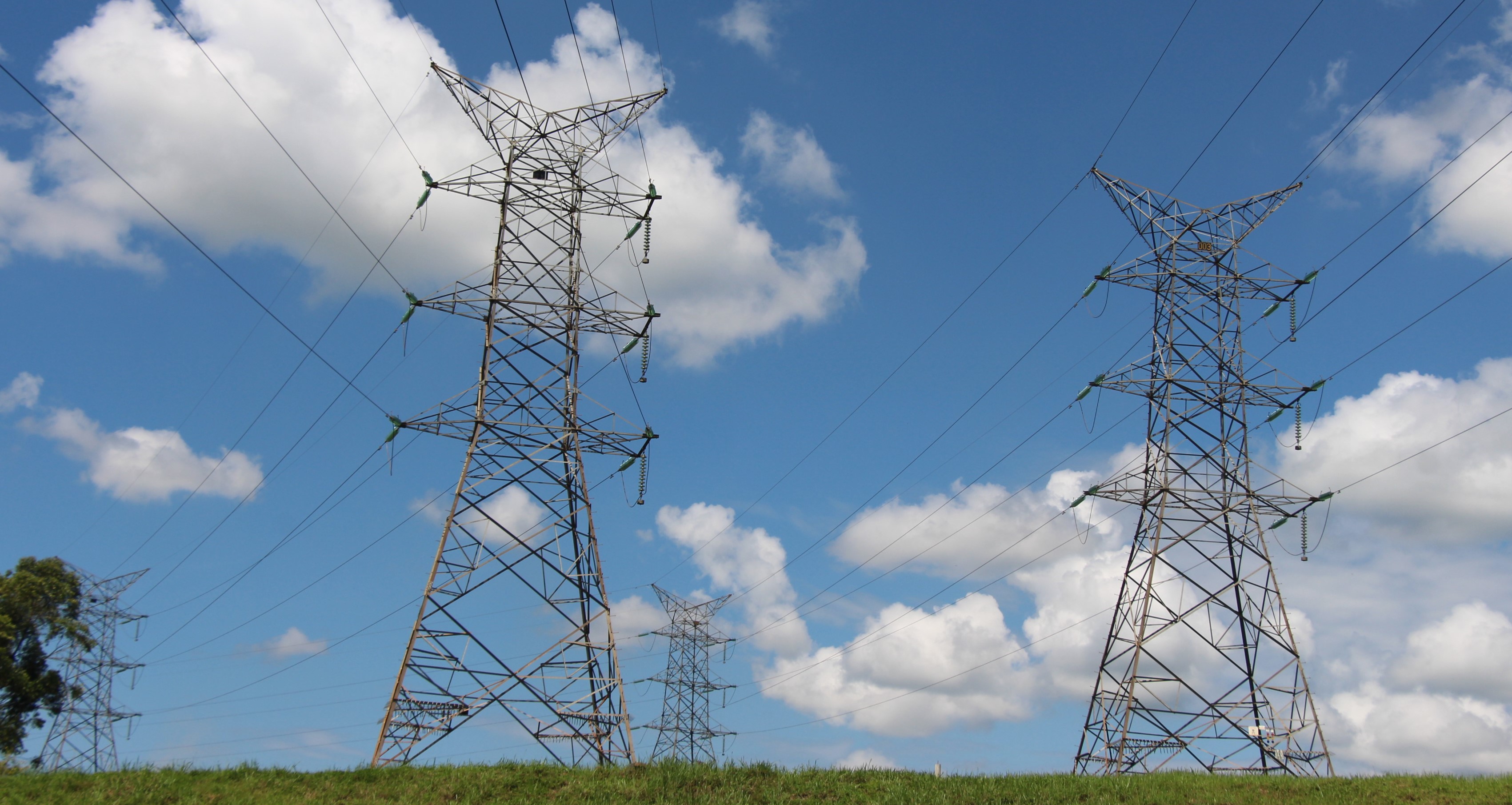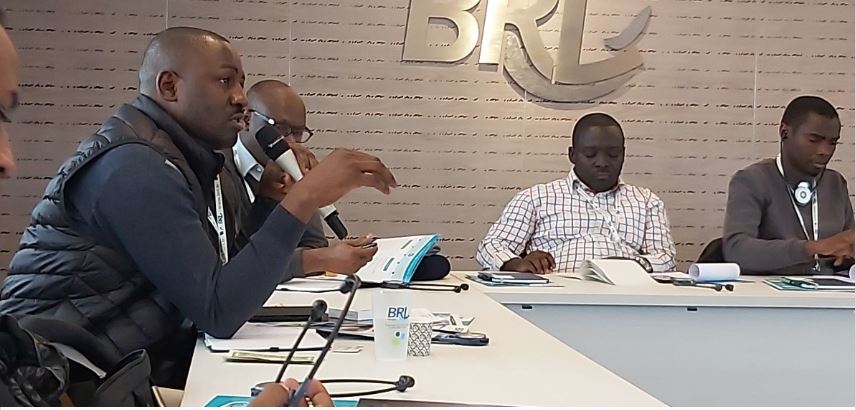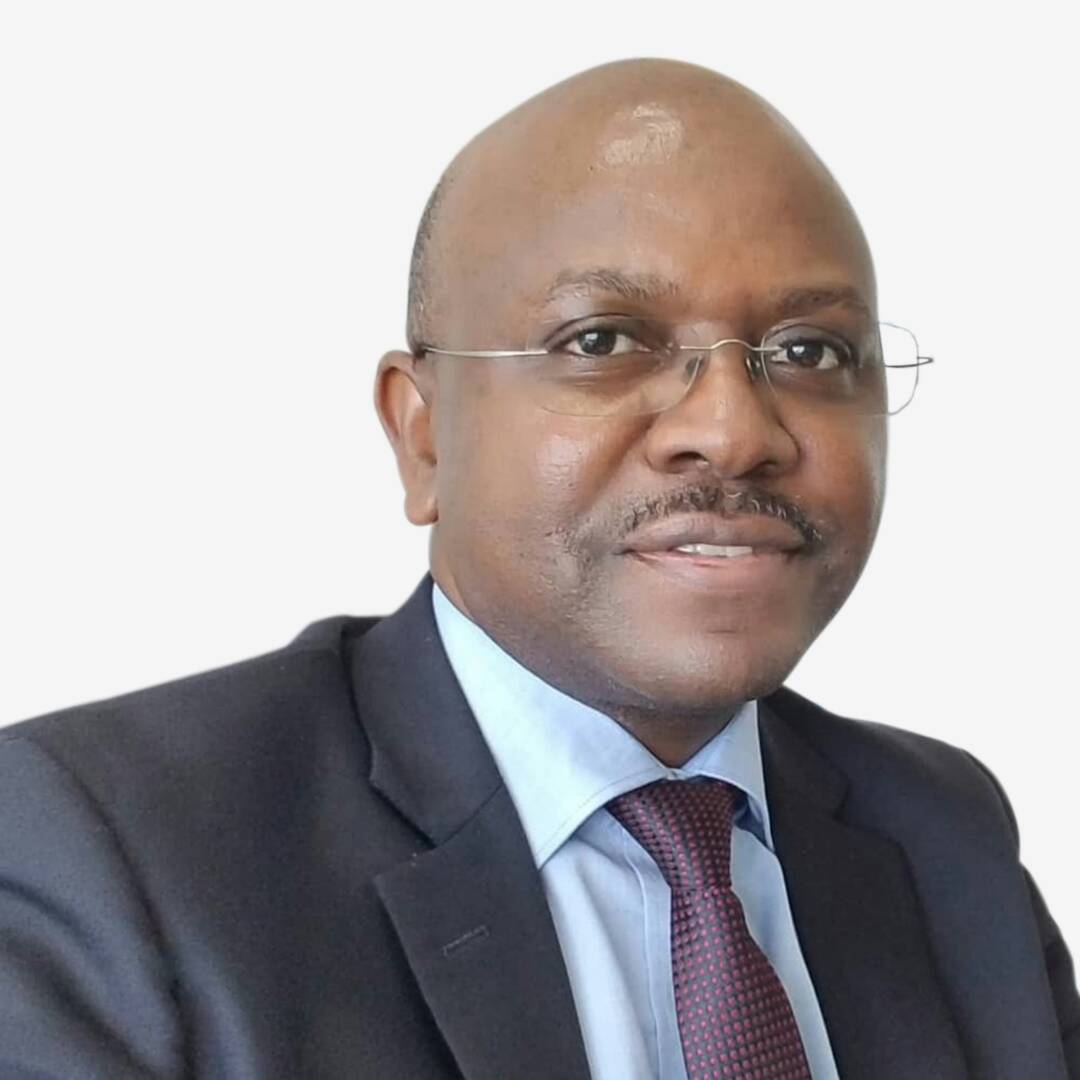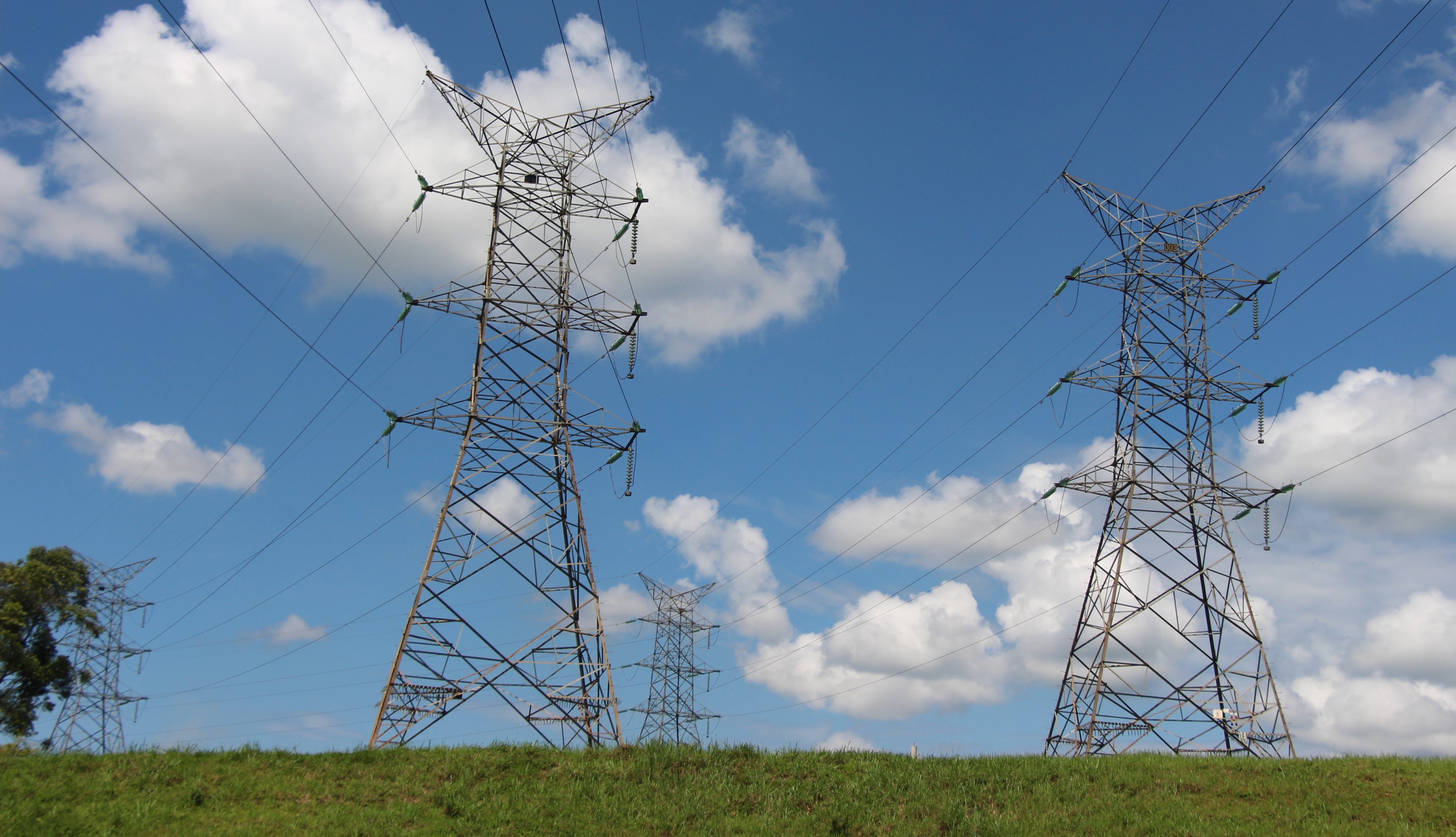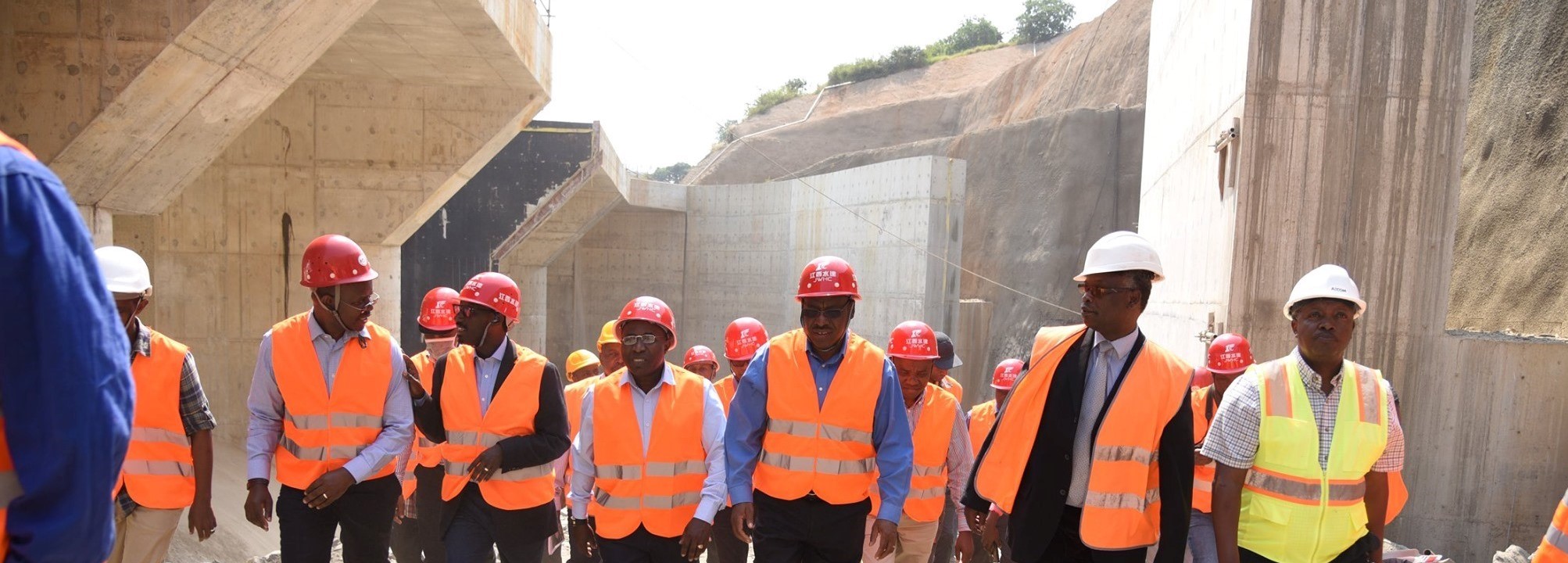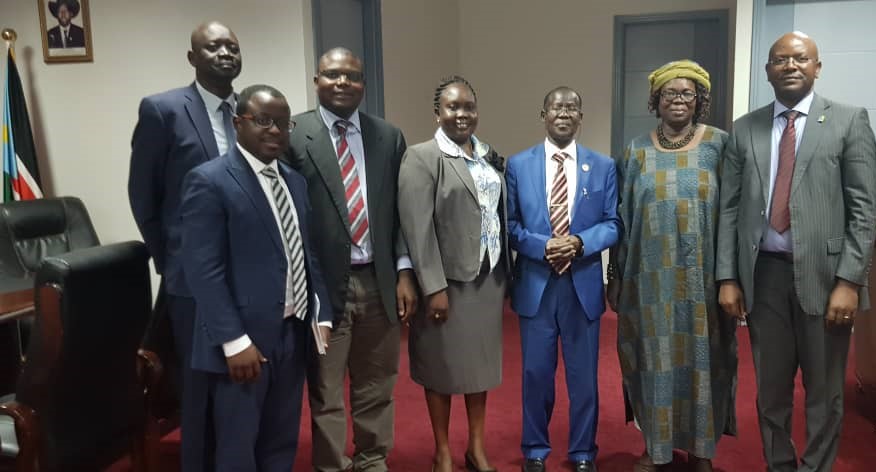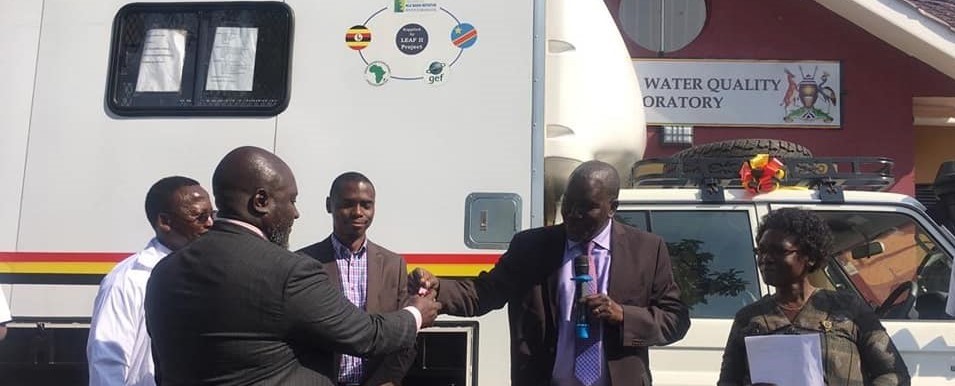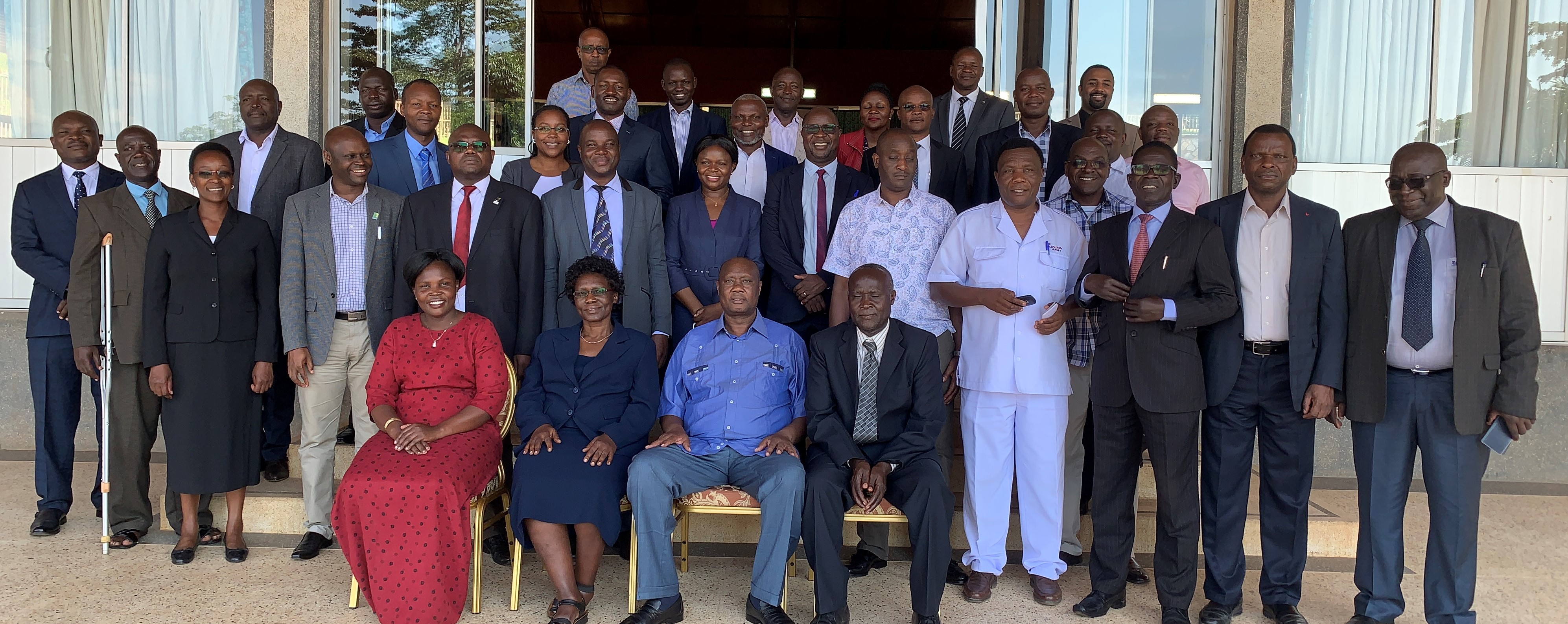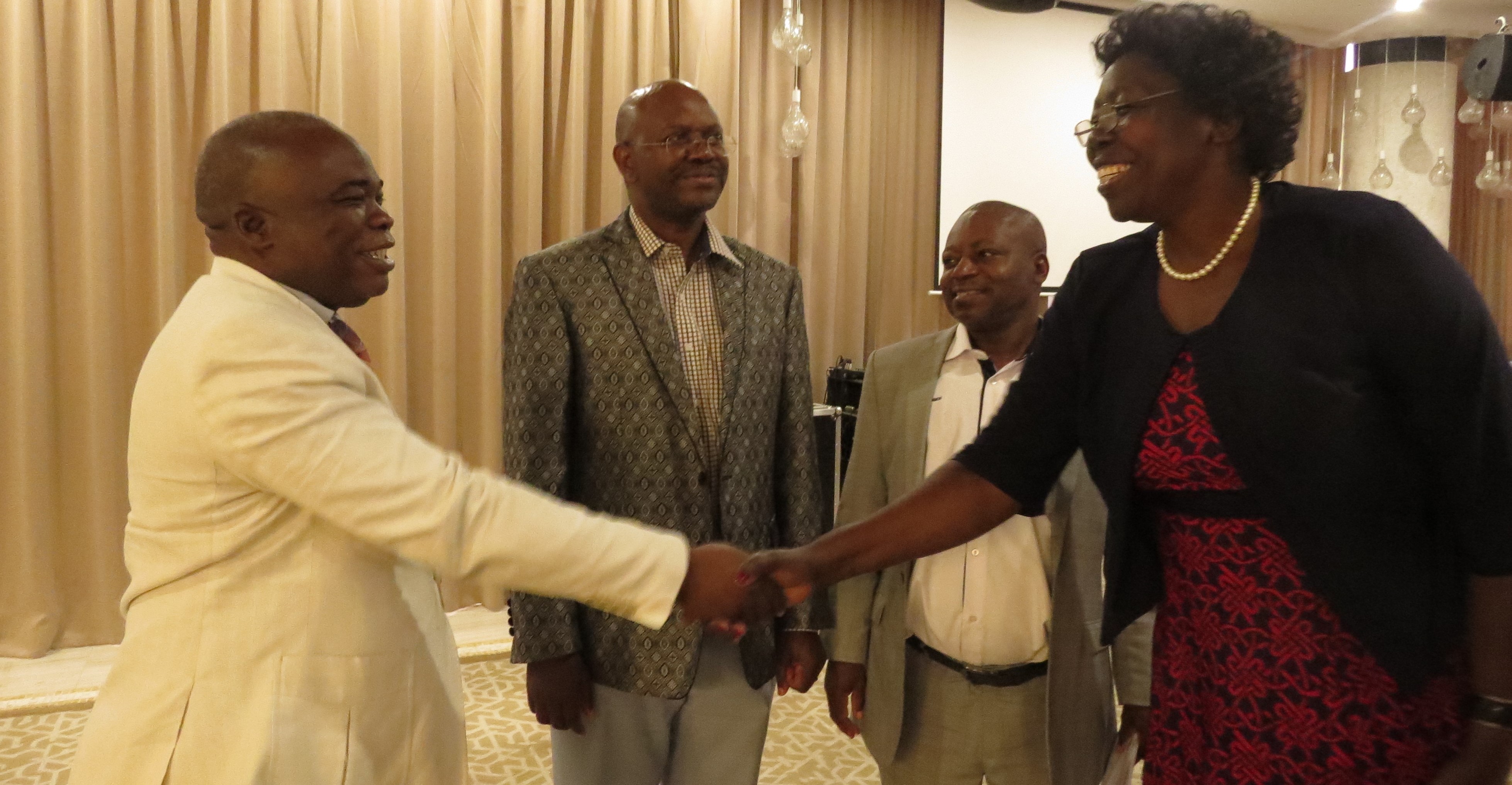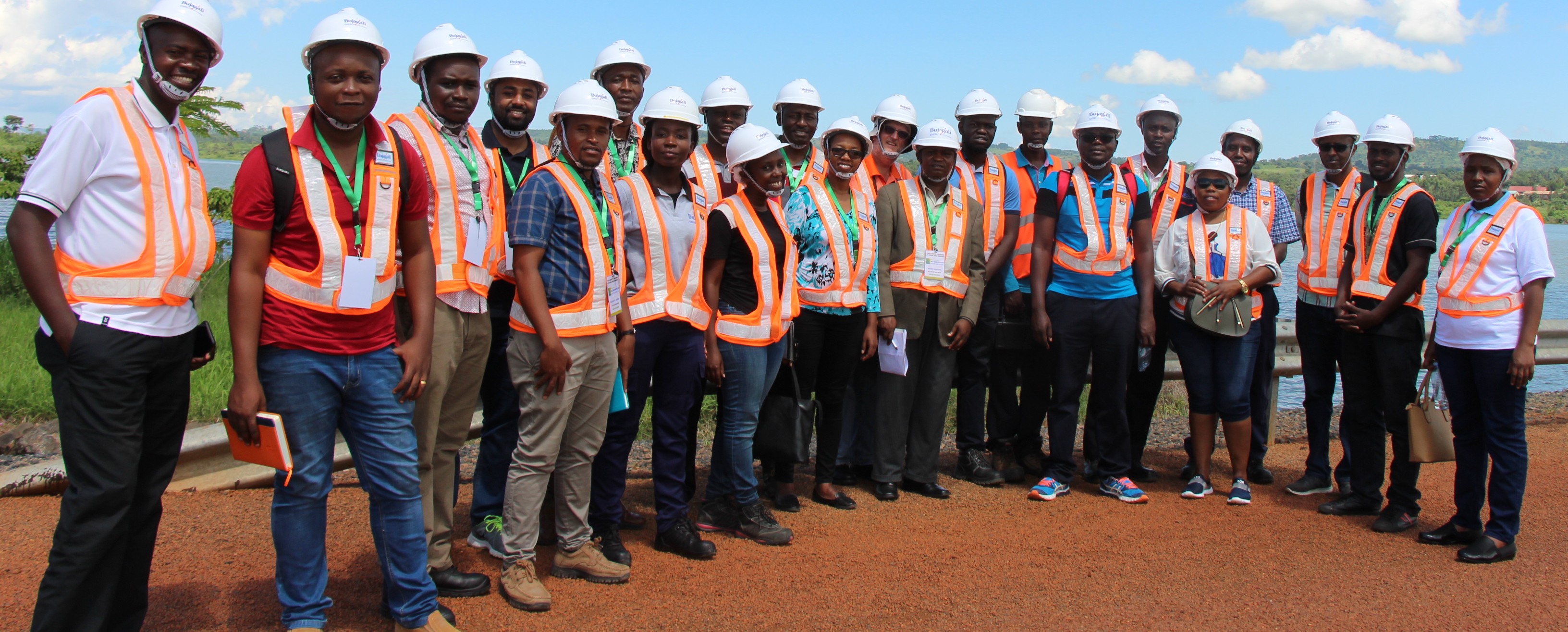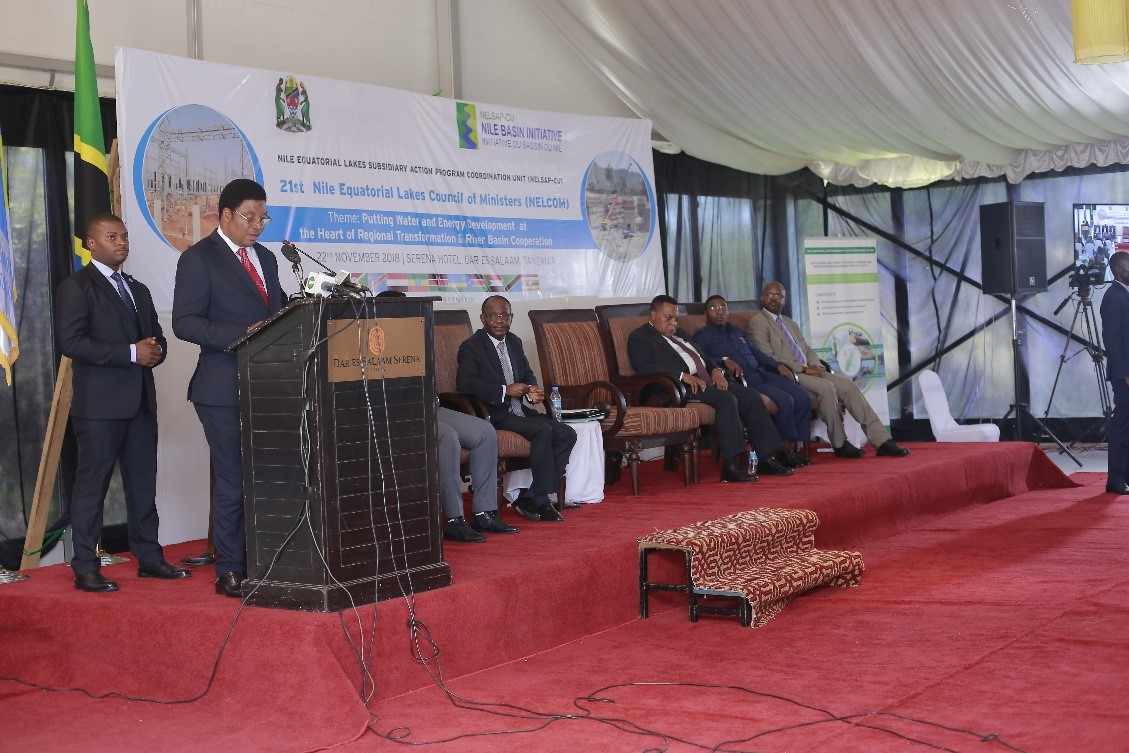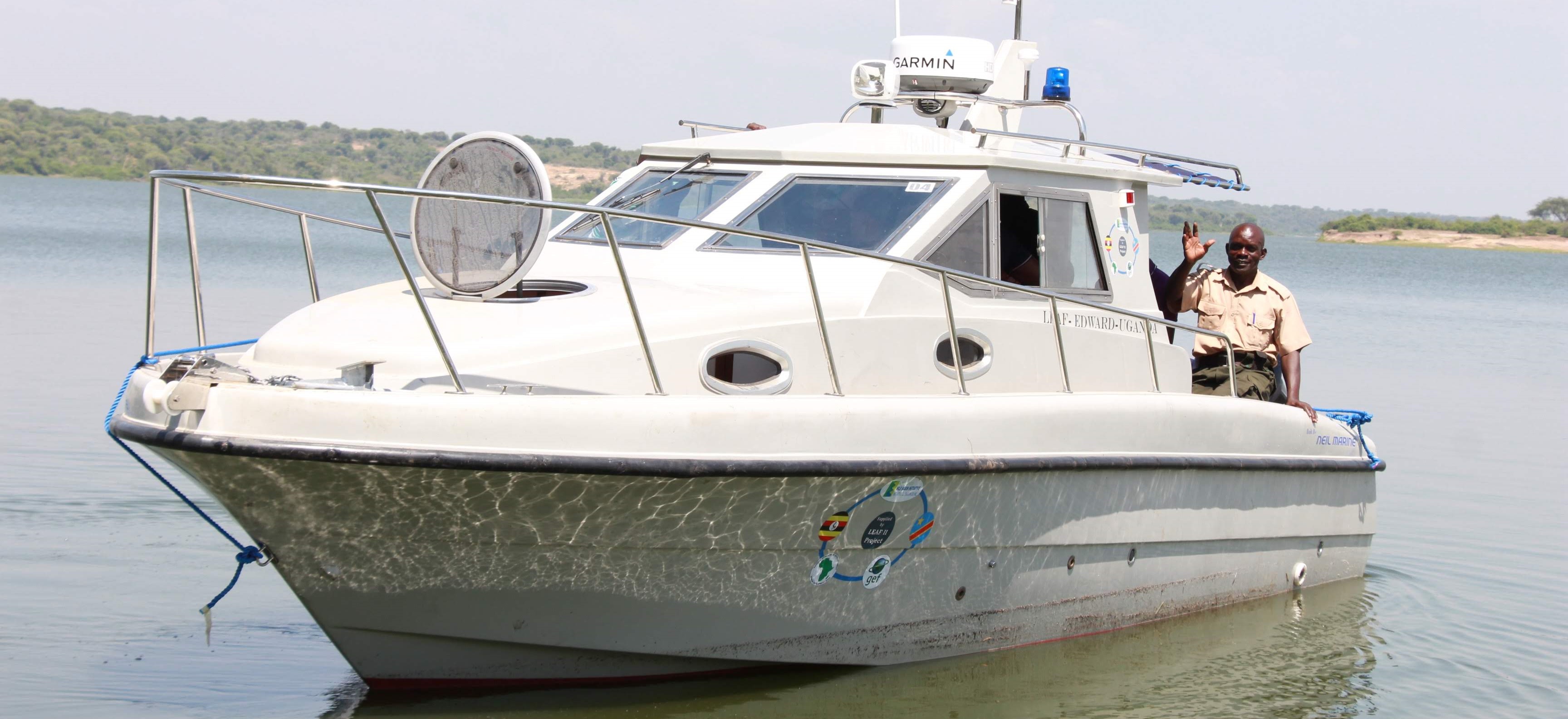The Dam Safety Panel of Experts comprising the Mrs. Ljiljana Spasic-Gril, Dam Design and Construction Expert, Dr. Pavlos G. Marinos, Geologist/Geotechnical Expert and Eng. Dr. Henry Kayondo Ntale, Hydrologist visited the project dam site between the 3rd and 7th of August 2015. The mission included a visit to the Upper Nile Water Management Zone offices in Lira, the Lamwo District headquarters, PalabekOgili Sub-county, as well as the dam site area.
The Nyimur multipurpose project is a NELSAP project shared between Uganda and South Sudan funded by the African Water Facility of the African Development Bank. NELSAP signed a grant agreement with the African Development Bank on 4thMay 2015 of Euros not exceeding One Million Nine Hundred Seventy Five Thousand One Hundred and Two (Euros 1,975,102) to undertake the feasibility studies and Environmental and Social Impact Assessment studies for the project. The core scheme of the project consists of a 26 m head dam (earthfill type) and reservoir capacity of 44Mm3 on Nyimur River and five (5) modules of irrigated areas of approximately 5,105 ha and a mini hydropower plant with a capacity of 350 kW. Water supply schemes of the adequate types targeting local communities in the zone of influence of the project will be part of the project. The development of fisheries in the reservoir will also be included in the scope of the project.
The Panel of Experts was contracted by NELSAP to review and provides advice on matters related to dam safety and other critical aspects of the dam, its appurtenant structures, the catchment area, the reservoir rim, project formulation; technical design; construction procedures; and associated works such as power facilities, river diversion during construction and fish passages.
From preliminary discussions with the experts and field observations during the expedition it can be concluded that:
- there was sufficient evidence to show that the bed rock was not very deep as the river had exposed the rock formation on most parts of the river stretch. This would in turn provide the feasibility consultant an opportunity to consider various types of dams for the site.
- The soil formation observation showed that availability of materials for the dam core in case of an embarkment dam would not be a problem.
- The water showed some significant sediment loading and given that the upstream catchment was barely disturbed, it showed high erodibility potential of the soils in the area. This highlights the importance the management of the upstream catchments against soil erosion. It was also clear that the erosion was not coming from the banks as there was considerable vegetation cover along the river banks. (iv) The flow in the river was considerably promising given the time of the season, since the peak of the season was yet to come. (v) Discussion with the residents indicated that occasionally the river breaks its banks. Given the observed channel width and depth, there is a considerable amount of flow during those periods.
- The biggest observable challenge for the site was accessibility. It was proposed that the consultants for the feasibility studies should be encouraged to visit the site before the complete their proposals.
- There was an opportunity to request Government of Uganda to create an access road to the site prior to the activities of the feasibility studies consultants as government has some heavy duty equipment in the neighbouring areas including bulldozers both from the Ministry of Water and Environment, and Ministry of Agriculture, Animal Industries and Fisheries. The vegetation comprises of shrubs and scanty trees and therefore would not be difficult to uproot.
- There is a need for the decision making team to visit the other control dams to ascertain their relevance. Holding such amounts of water up in the reservoir could be sufficient to manage downstream flooding.
In conclusion, the PoE mission was successful and realised its objectives. The PoE will prepare a technical report of the field visit that will be shared with the task team members. Relevant recommendations will be incorporated in the tasks of the feasibility and ESIA studies as appropriate.
For more details please download the attached pdf below.

